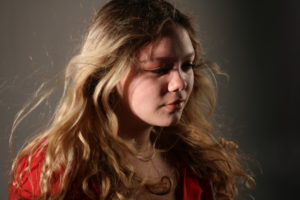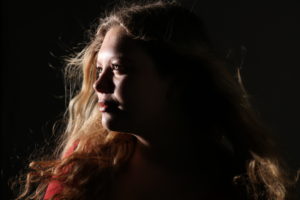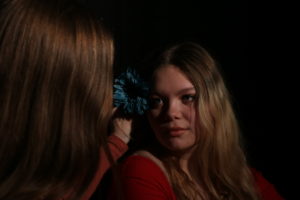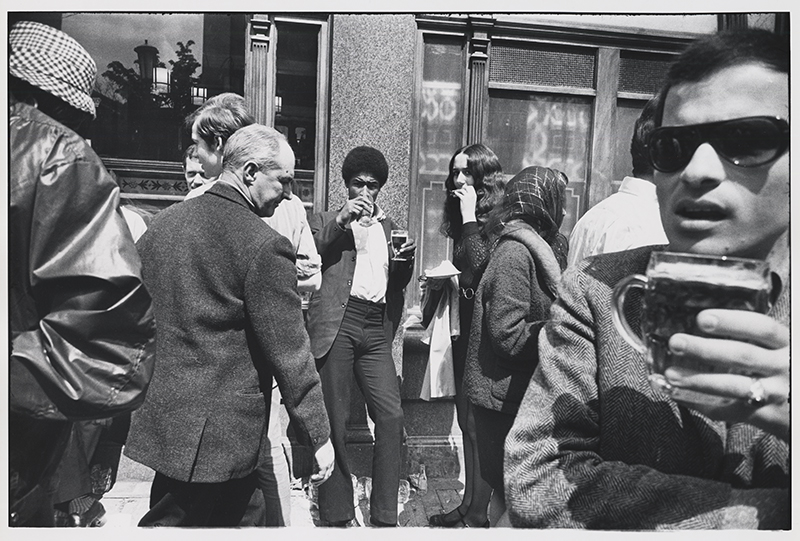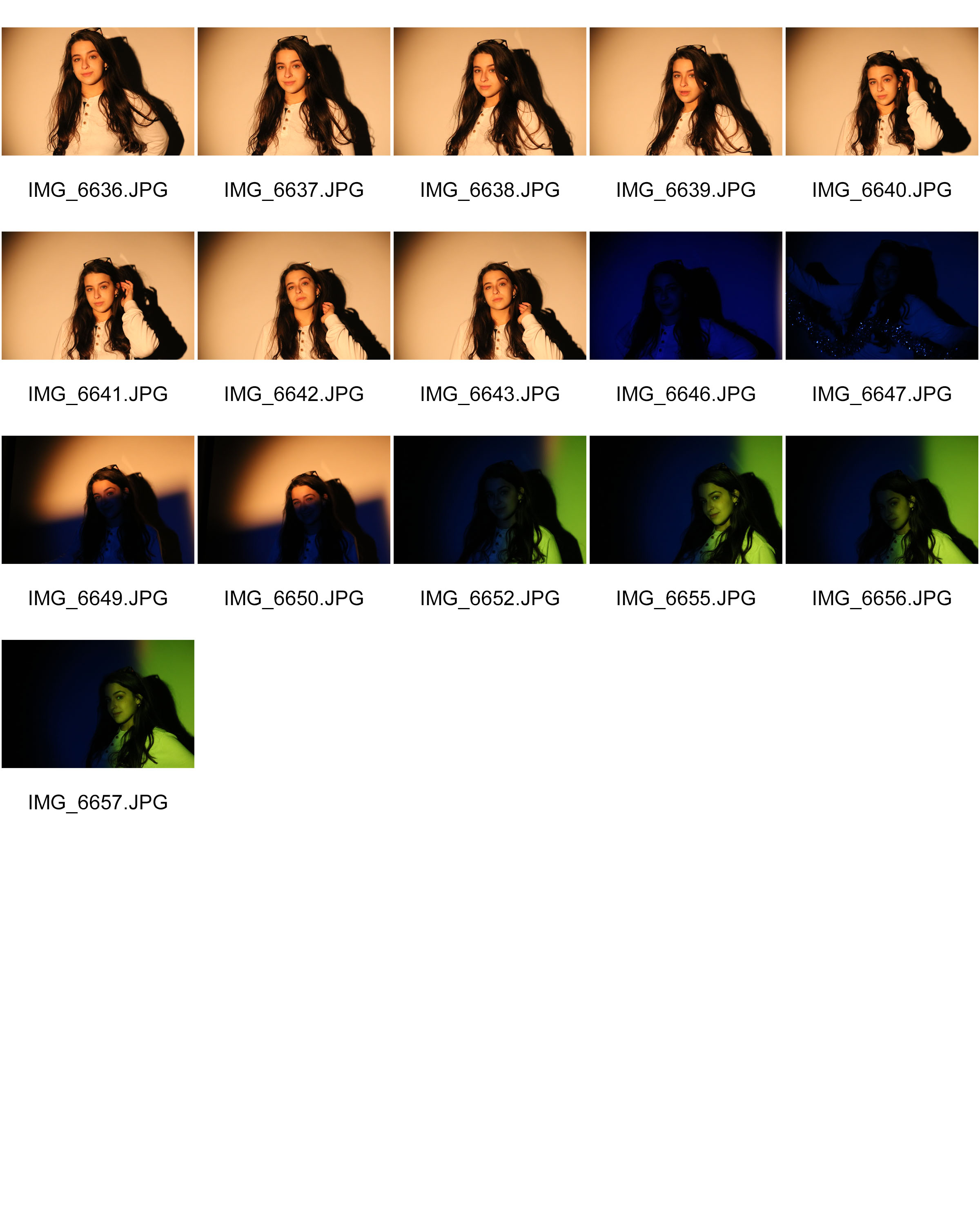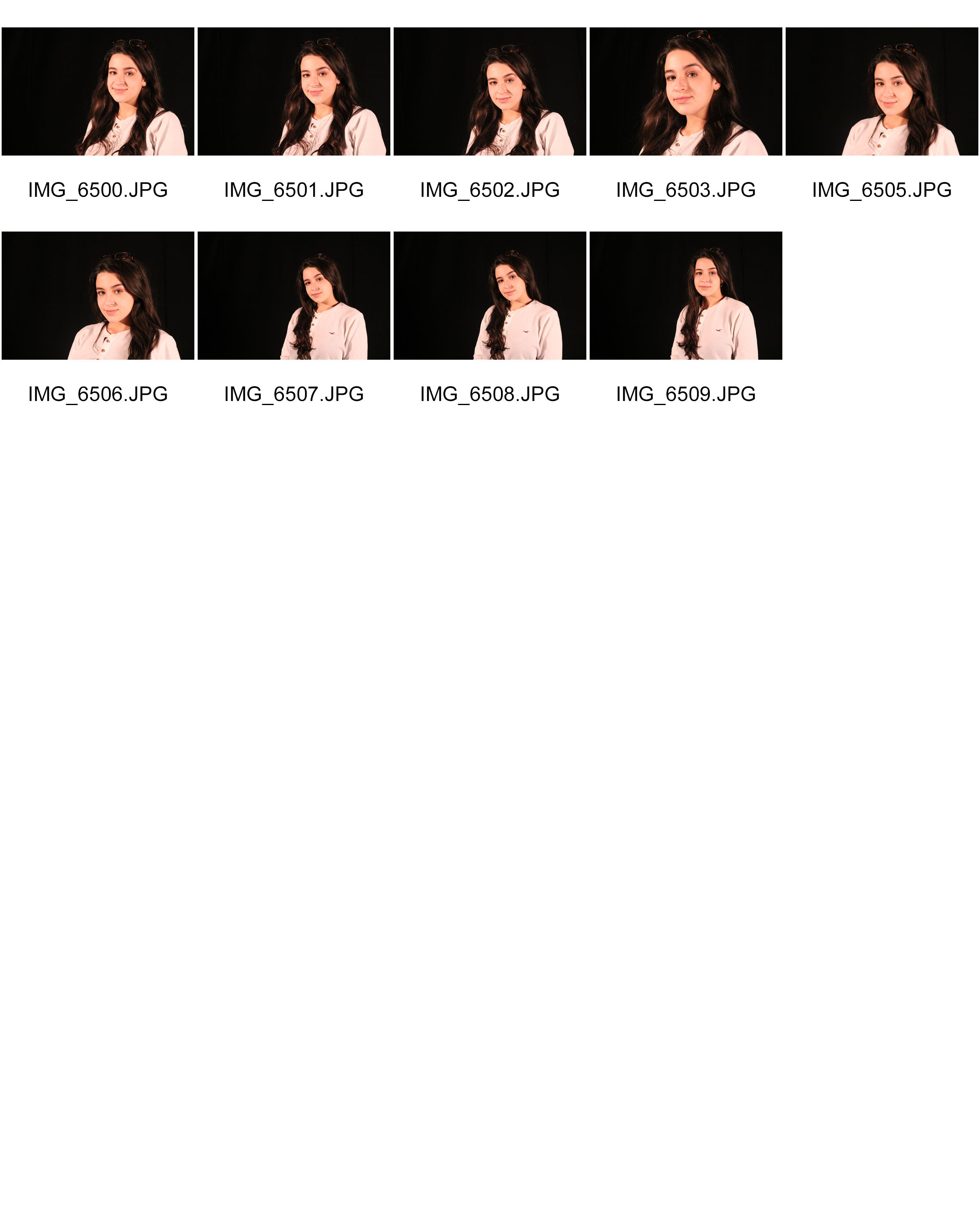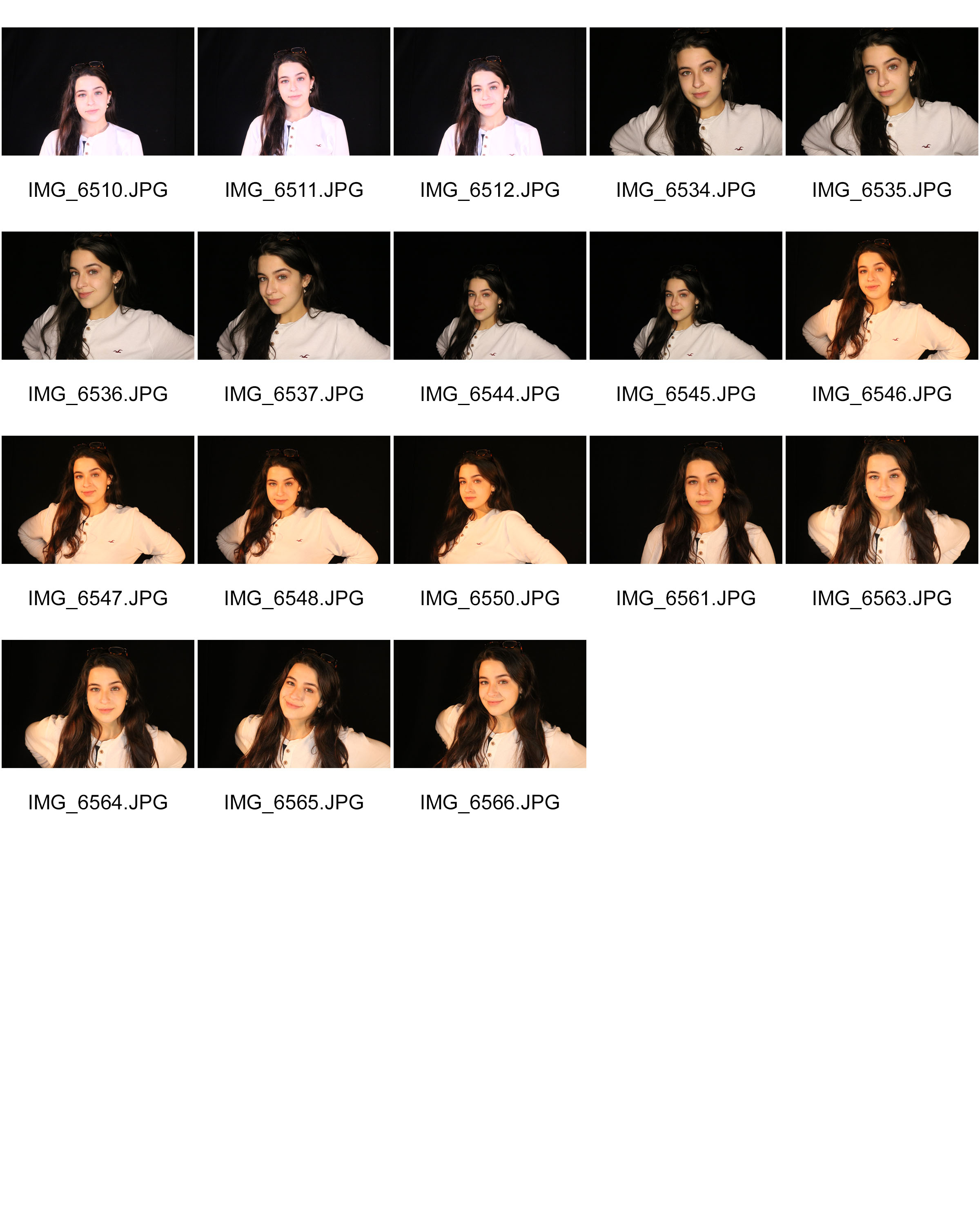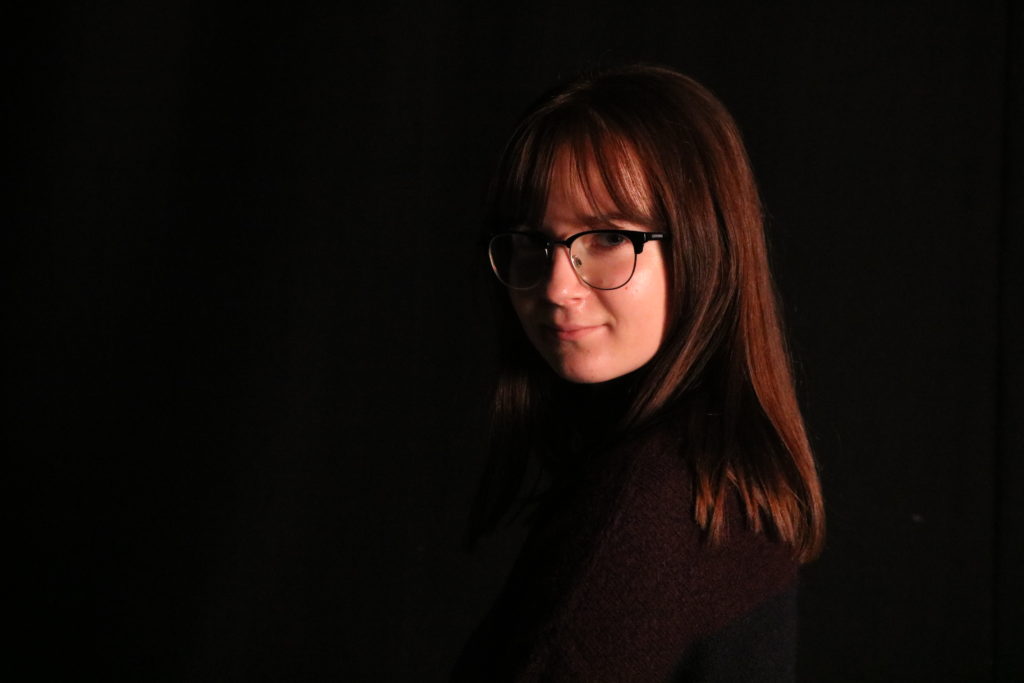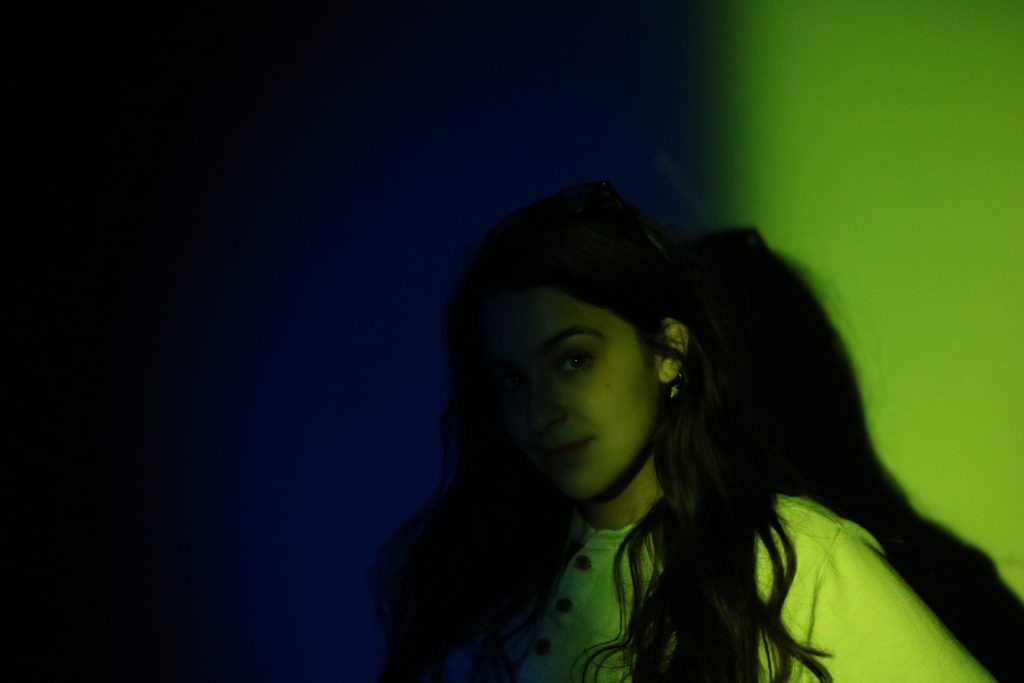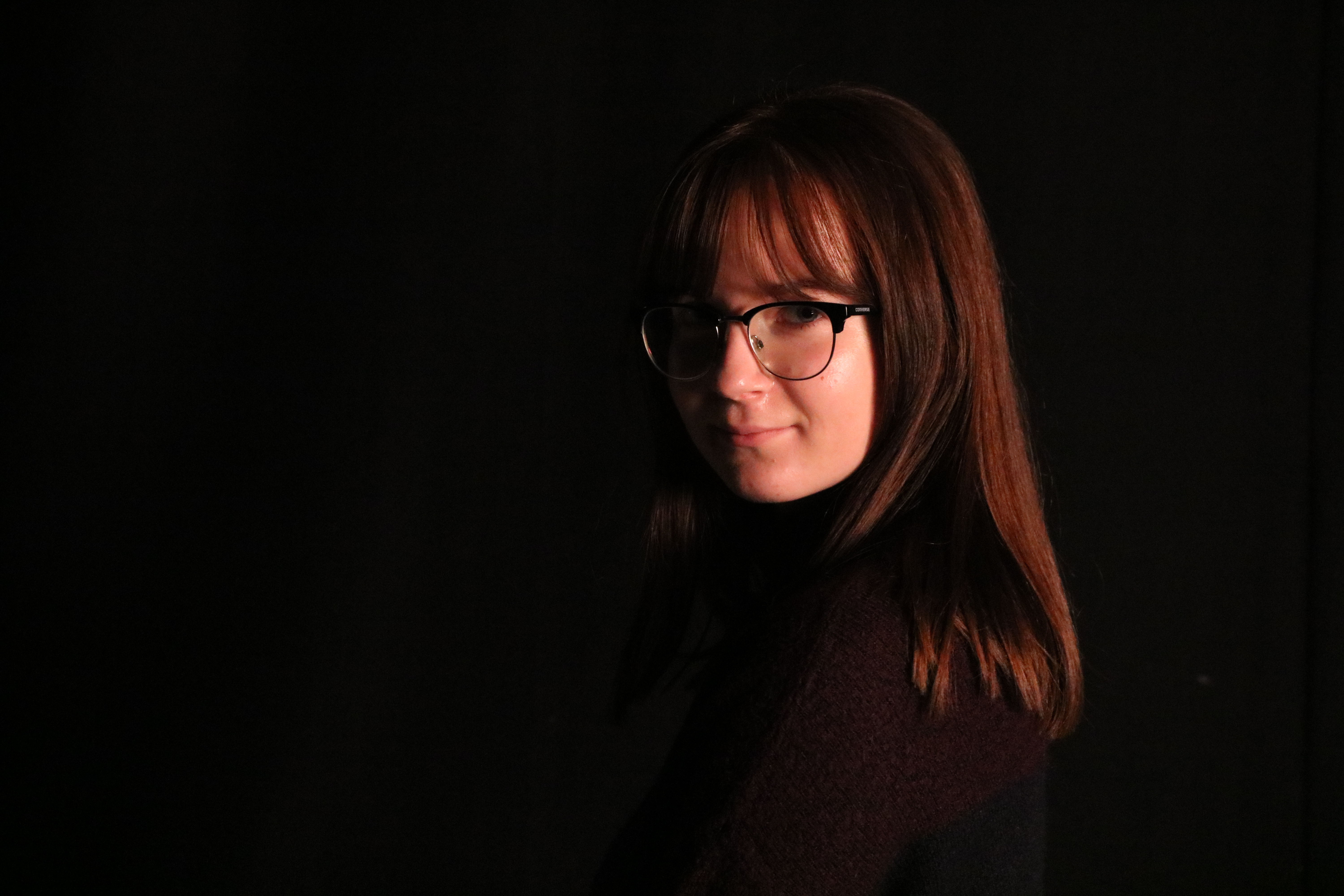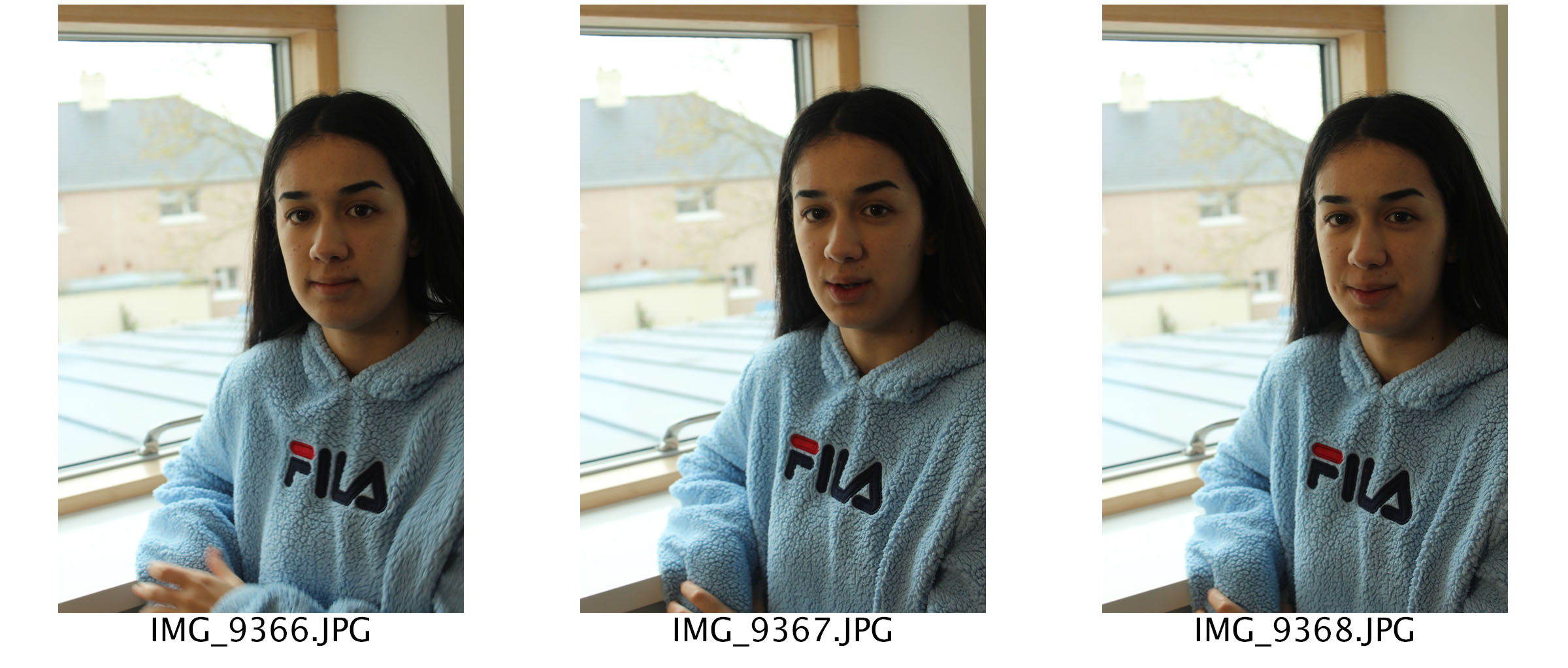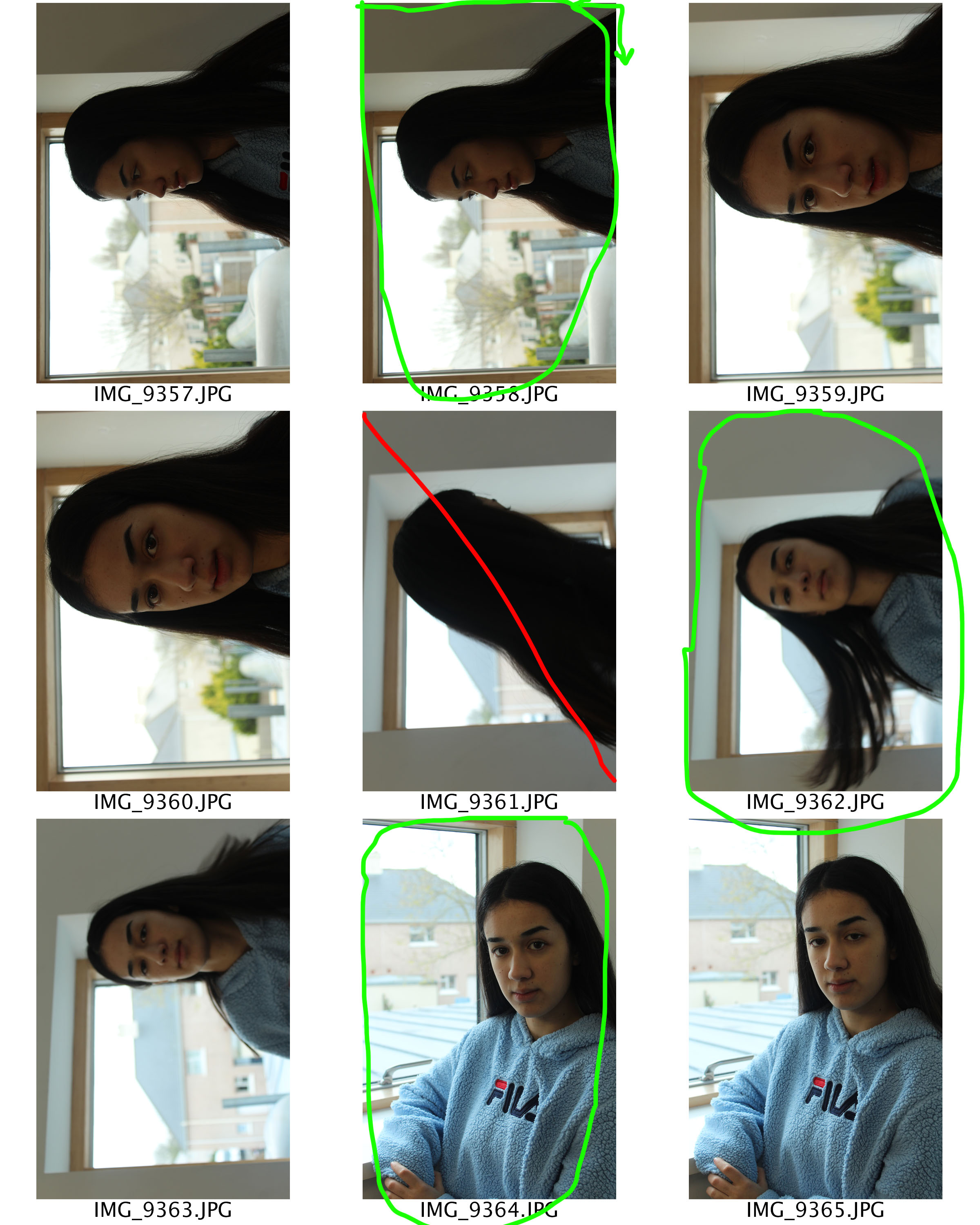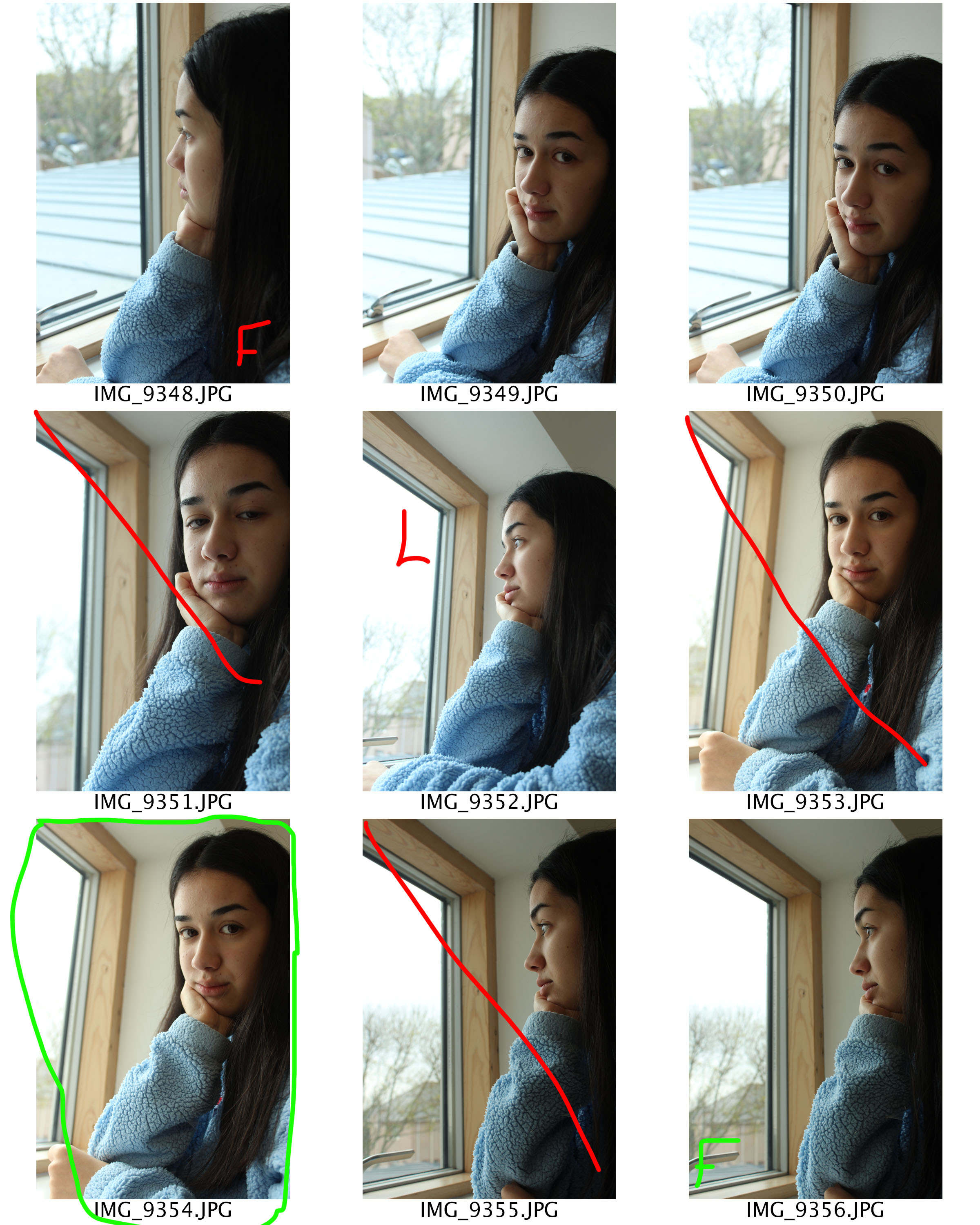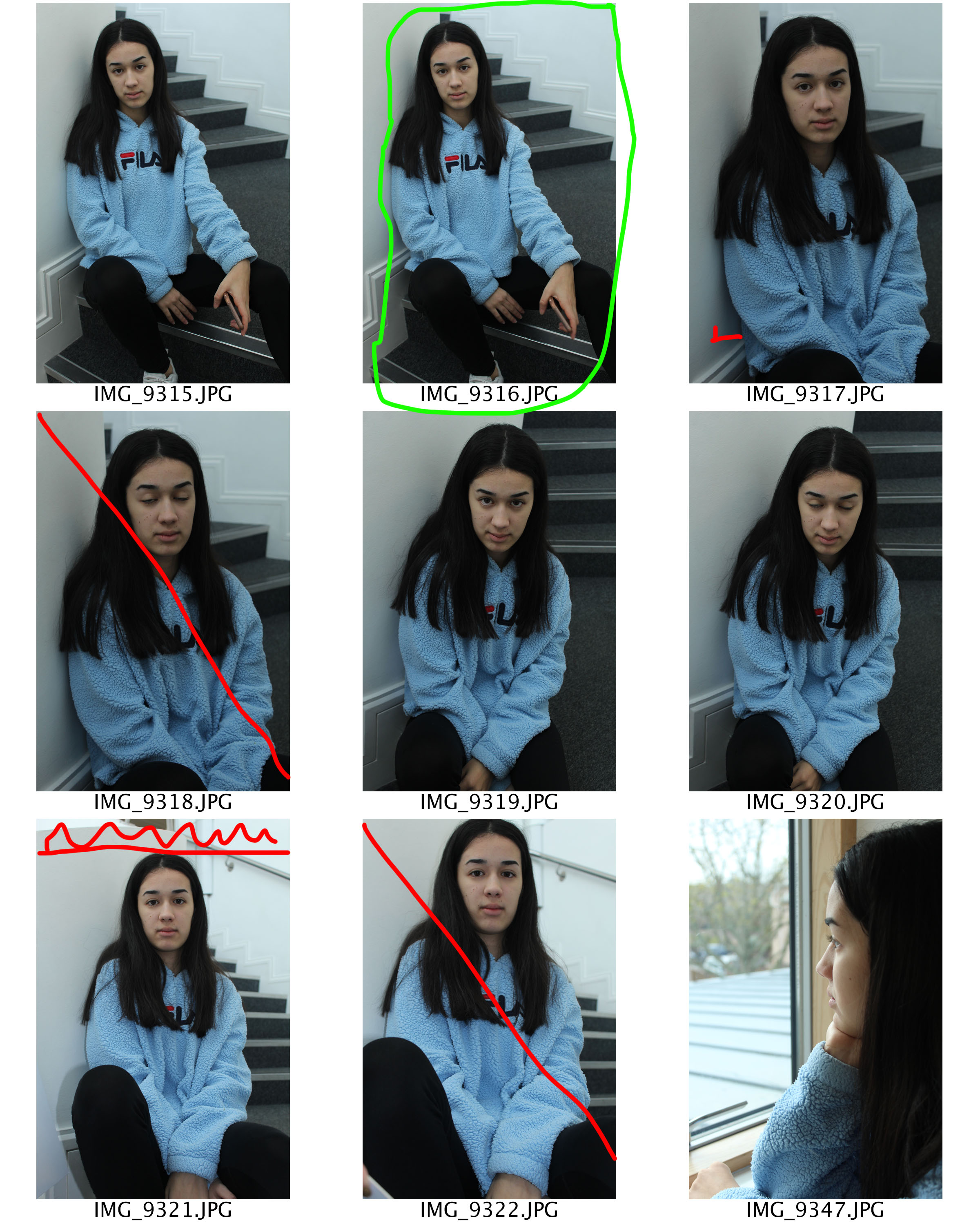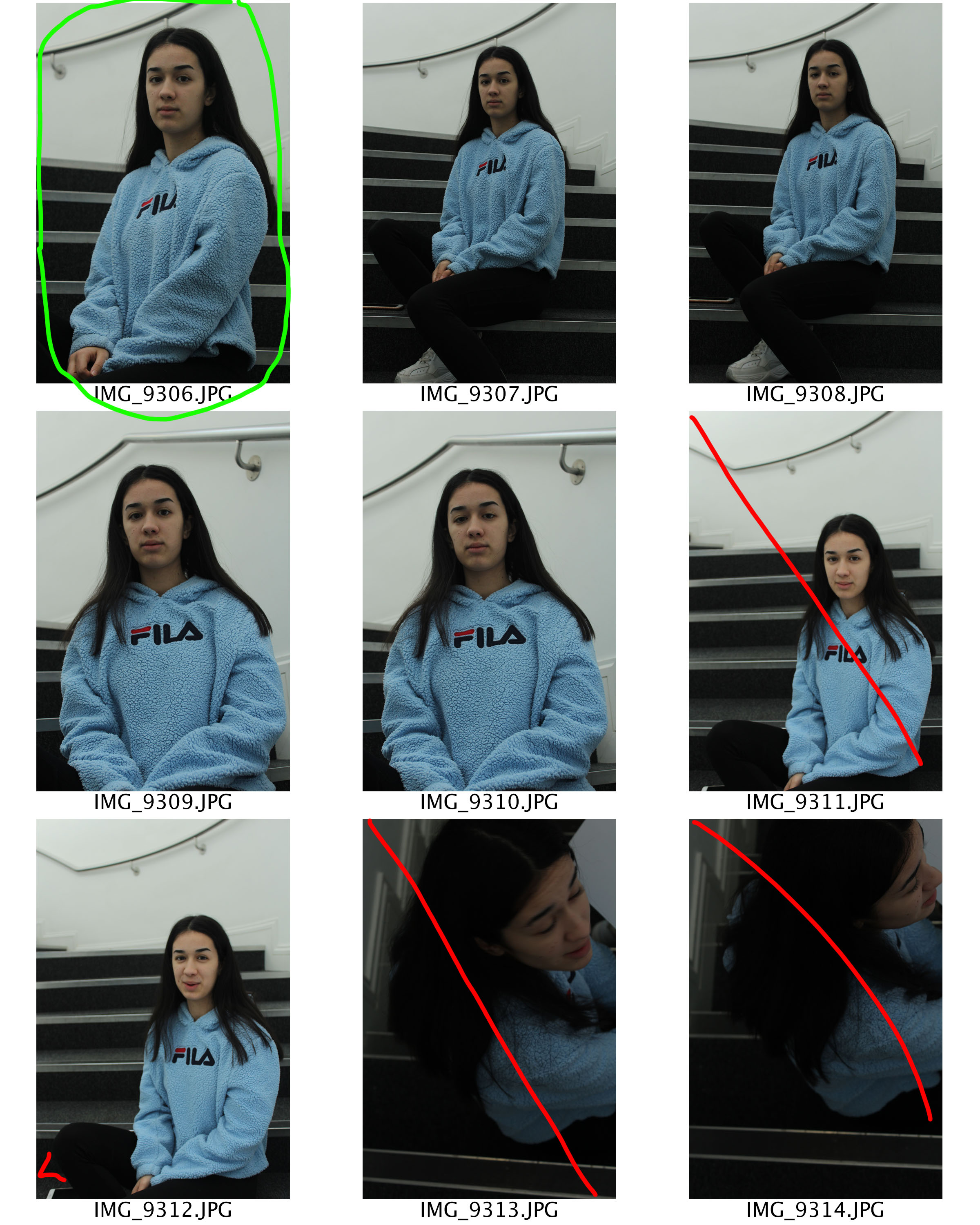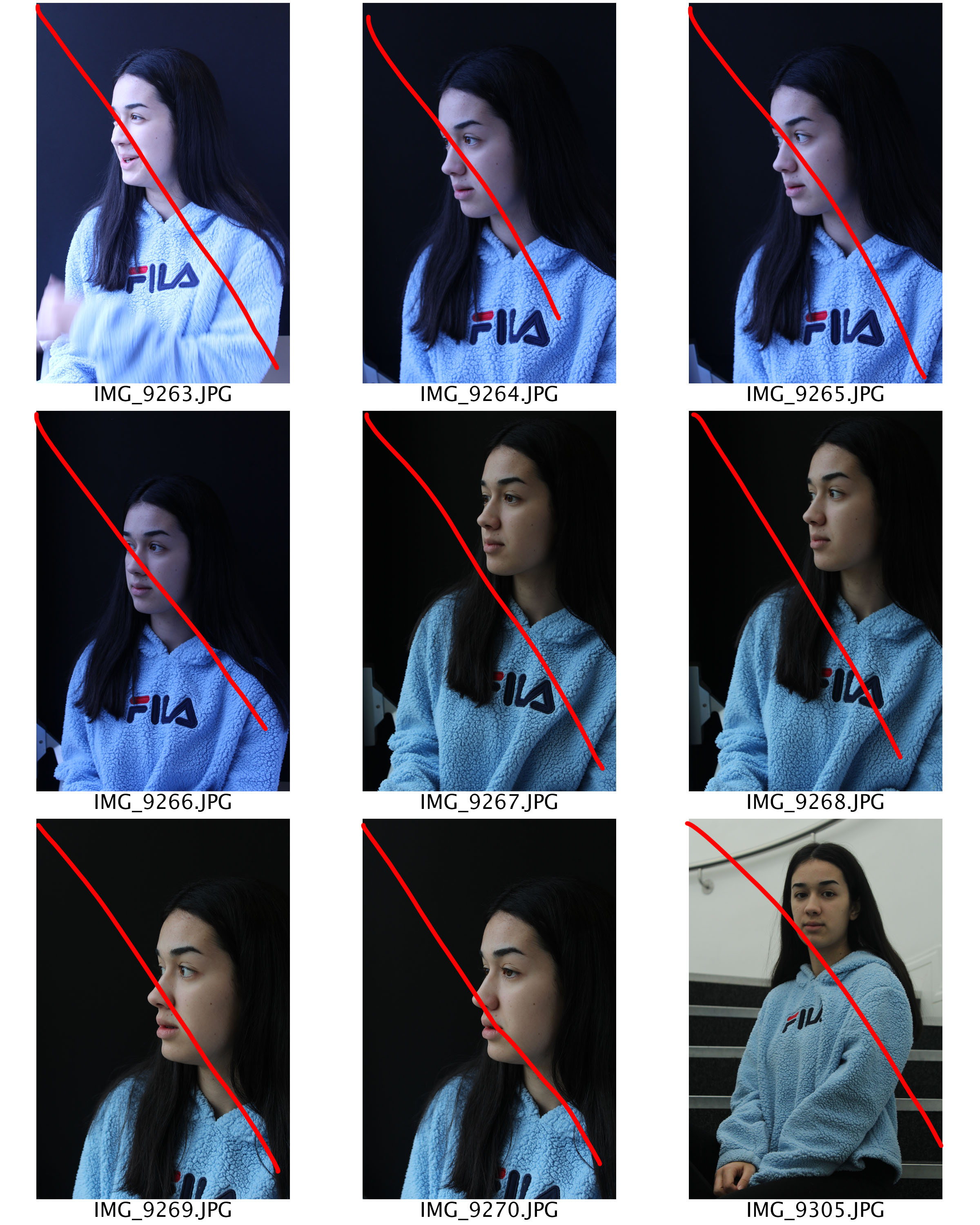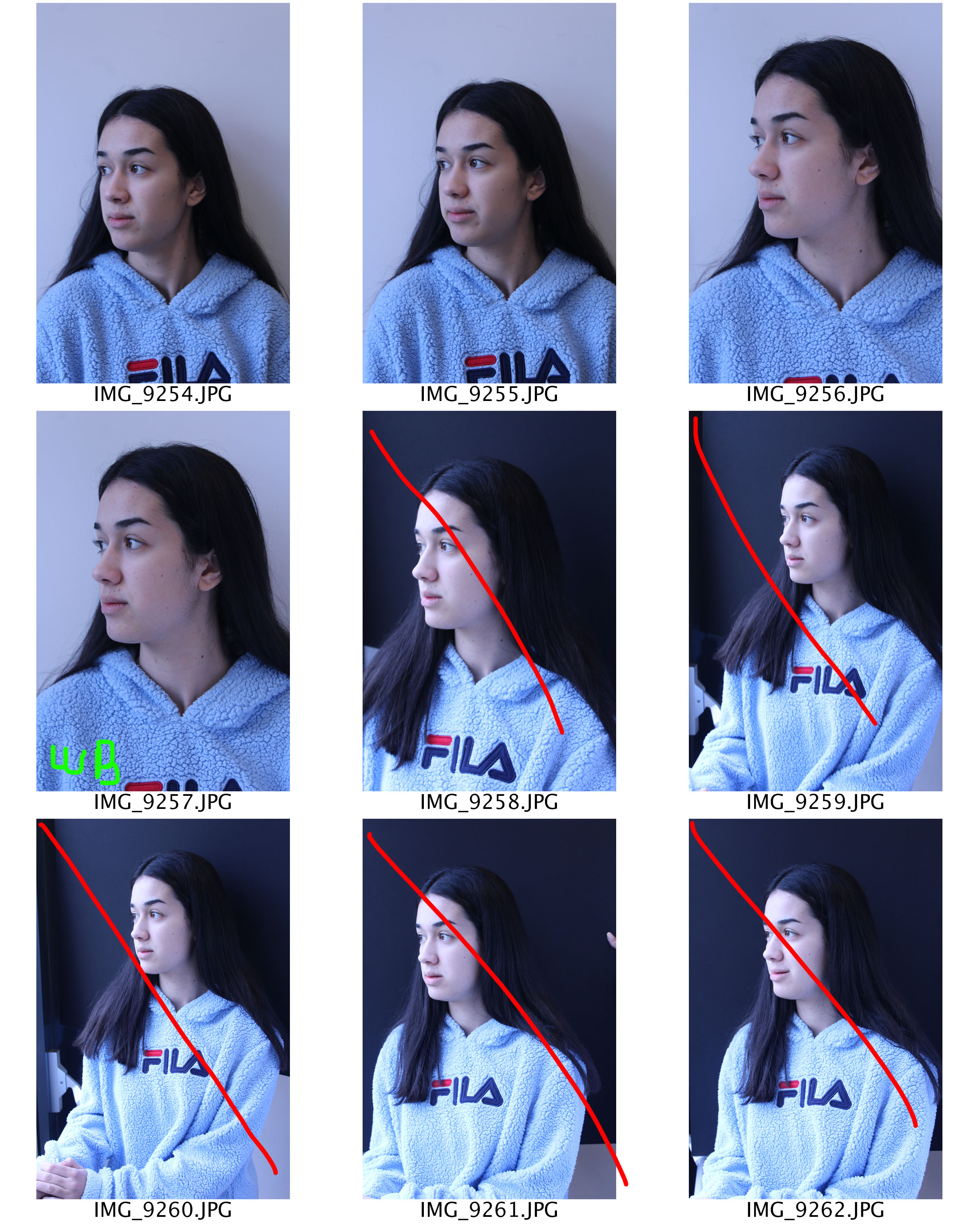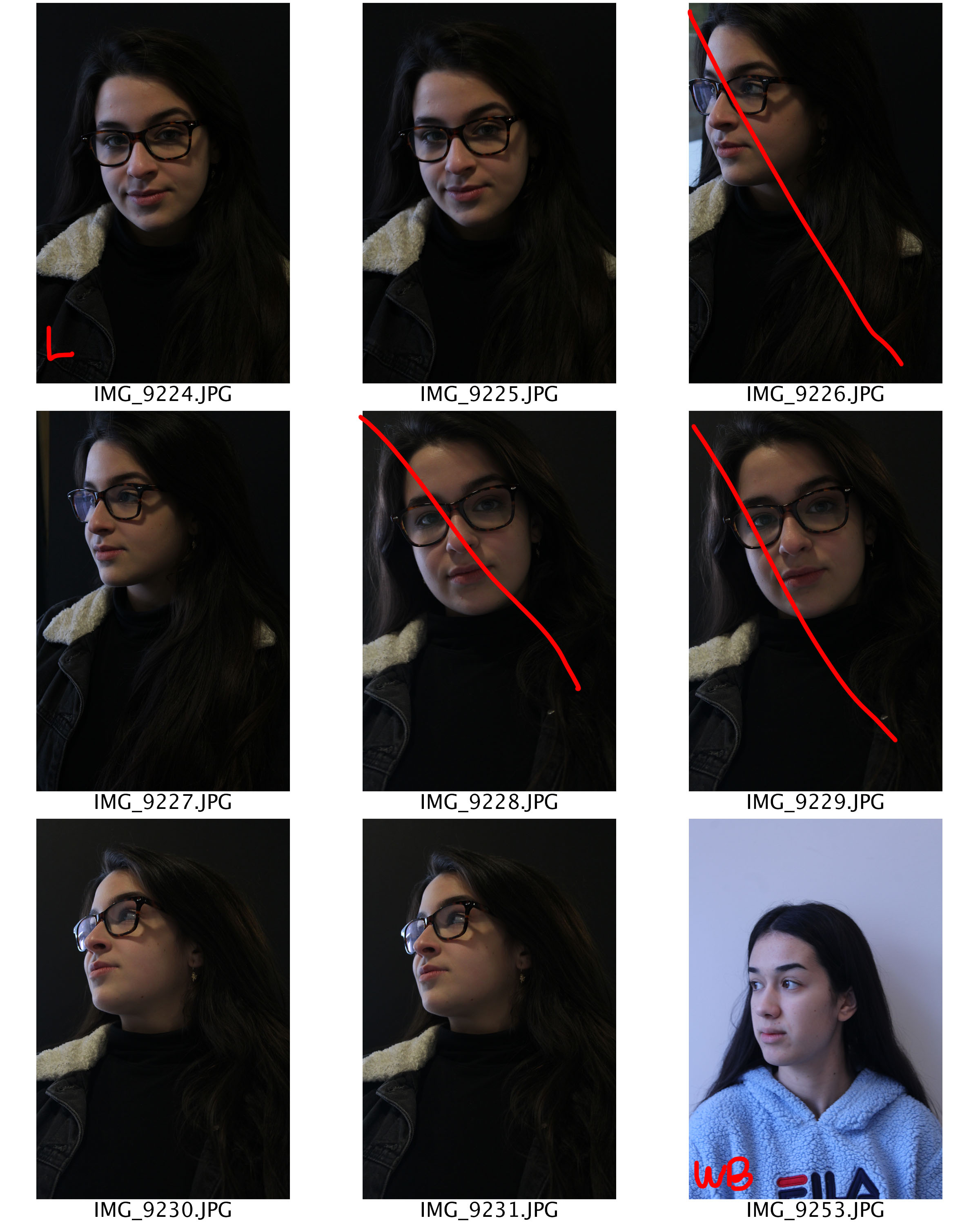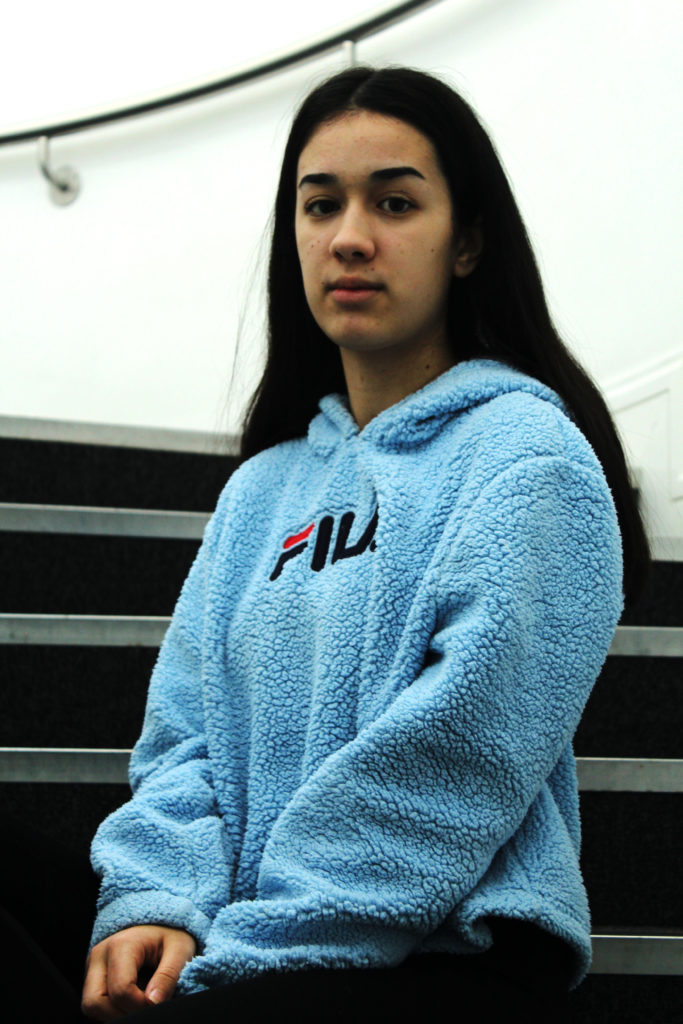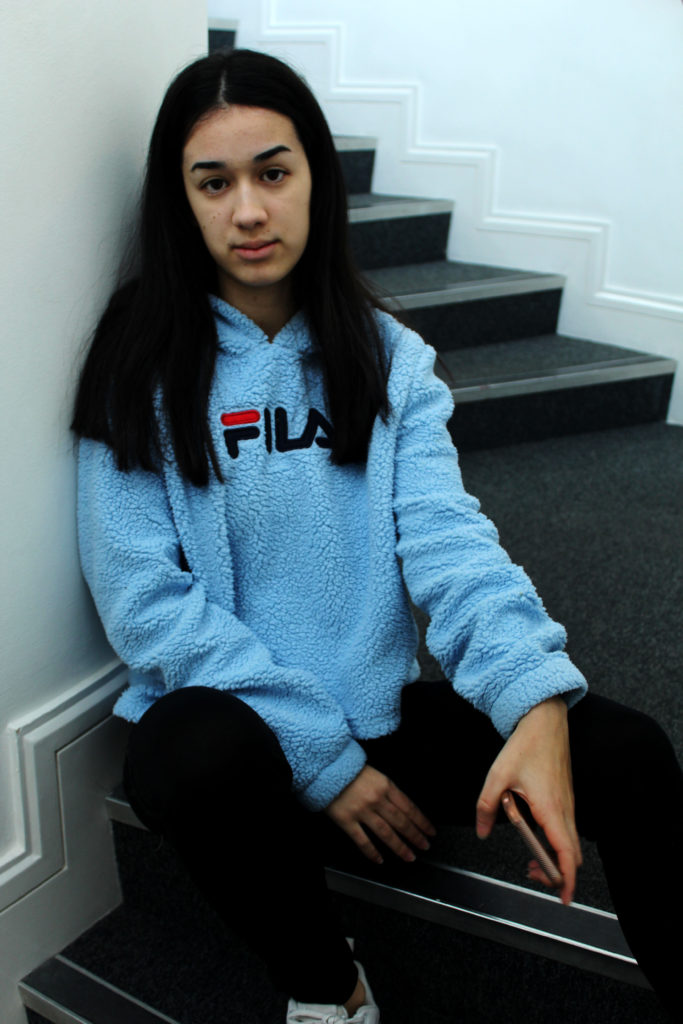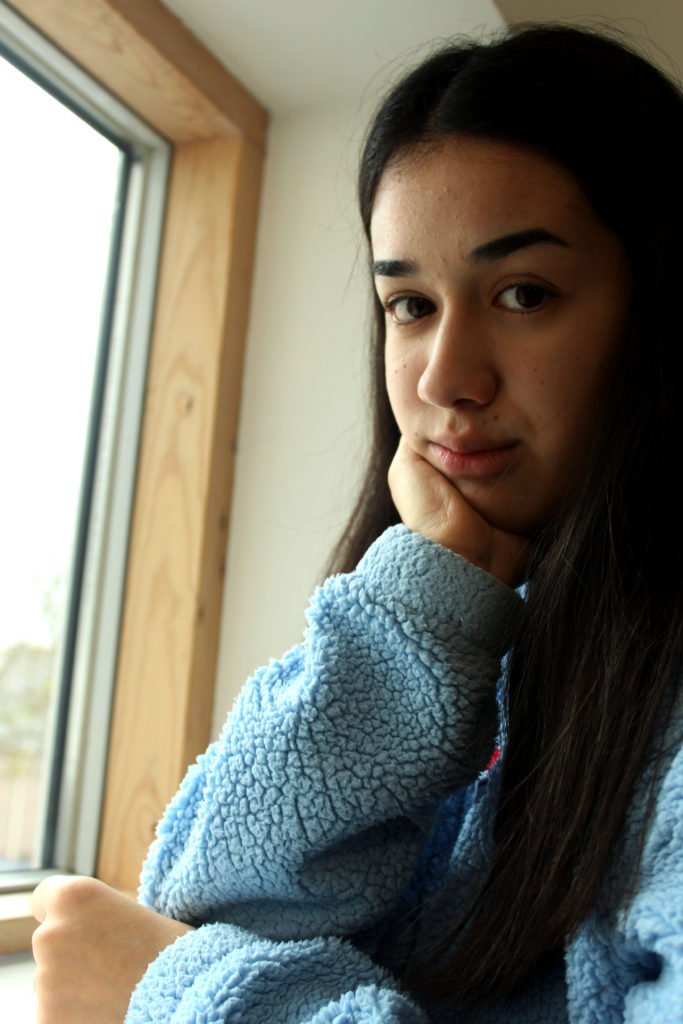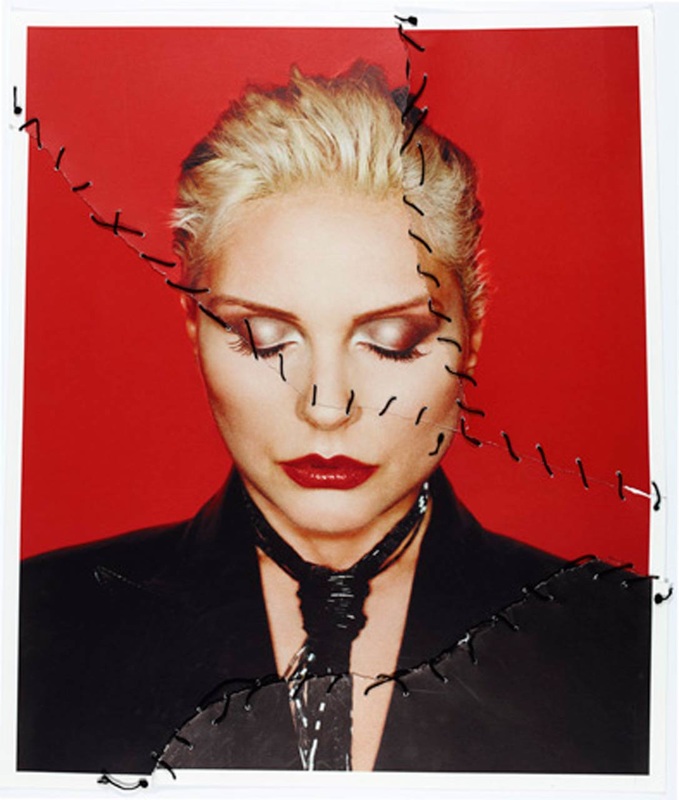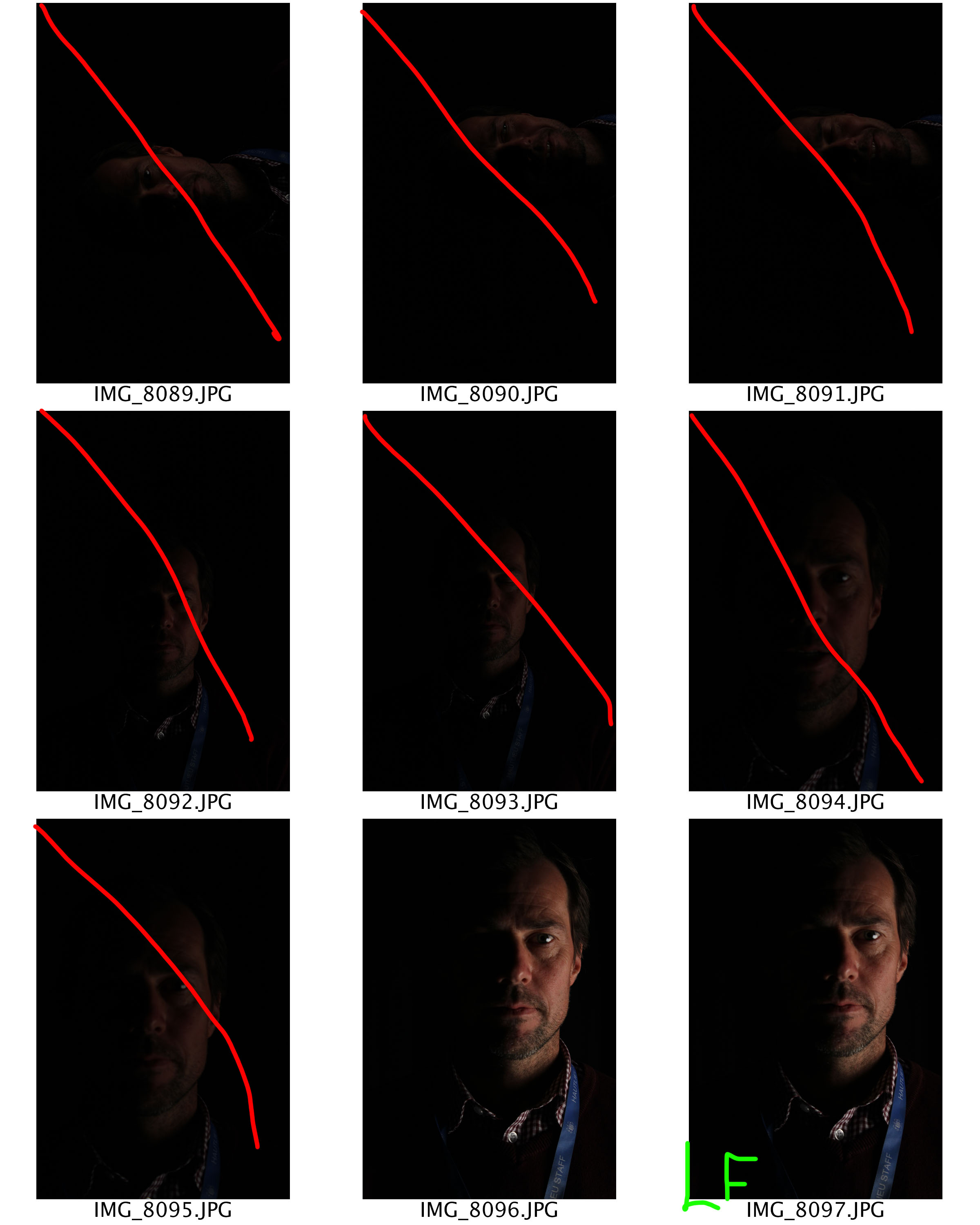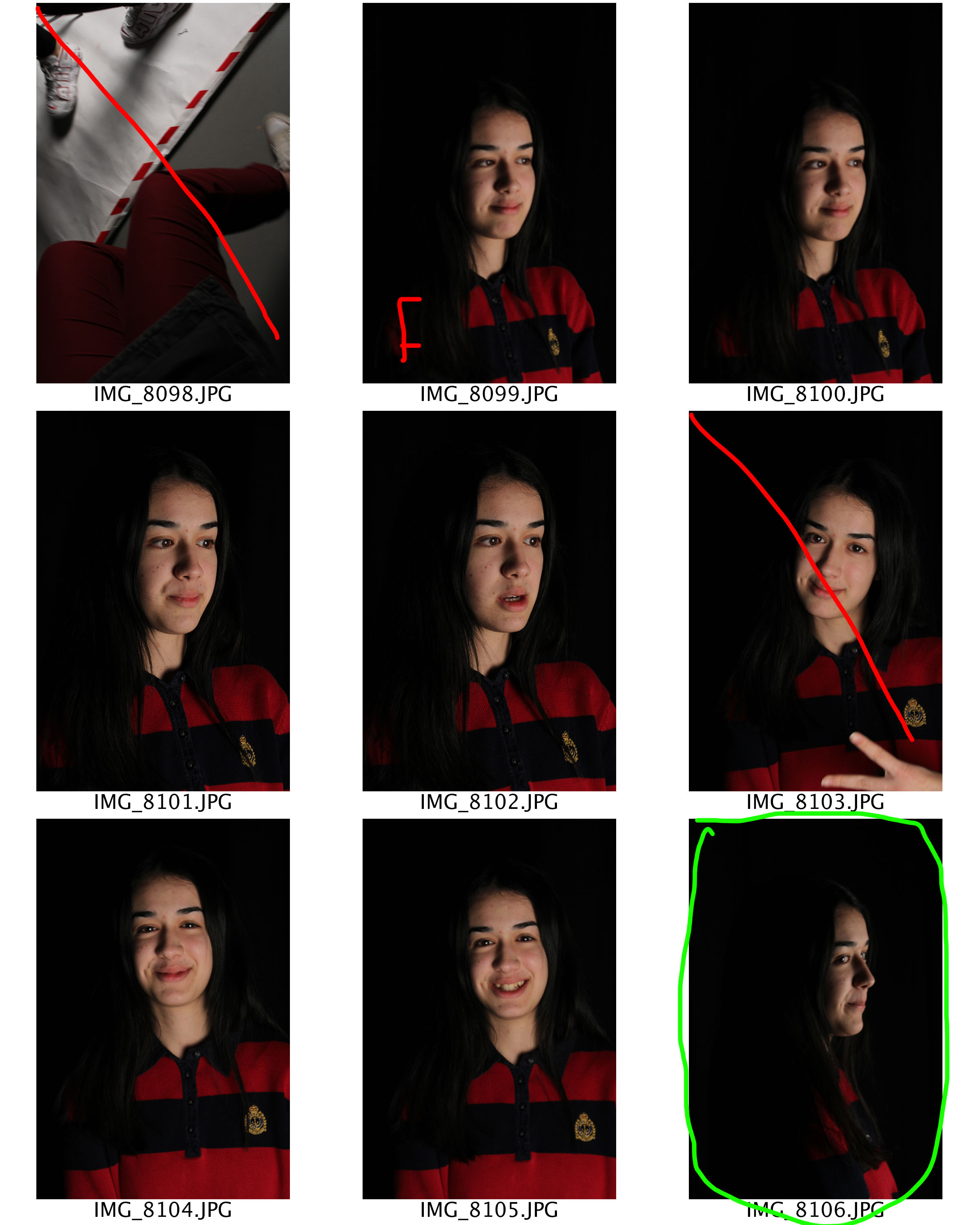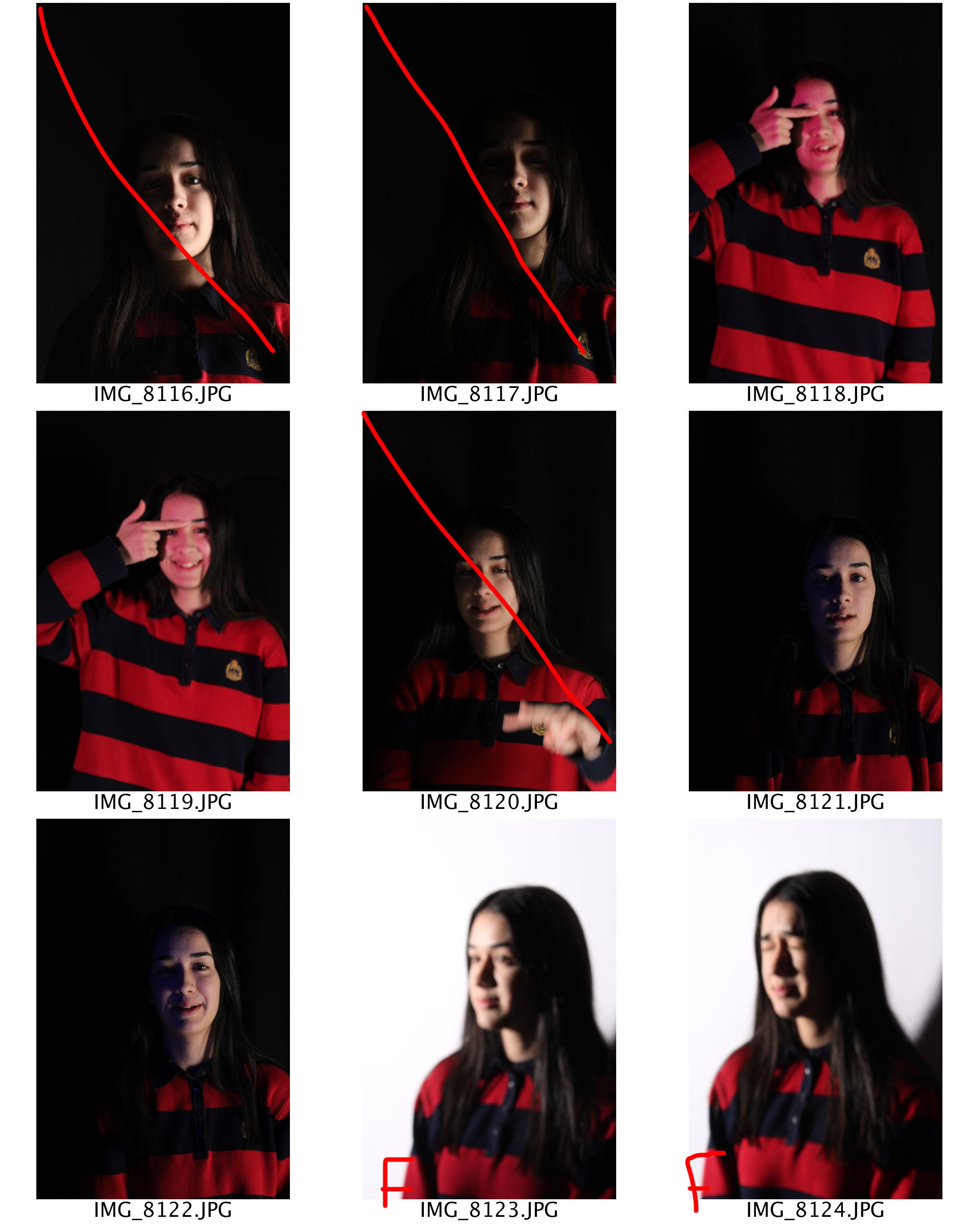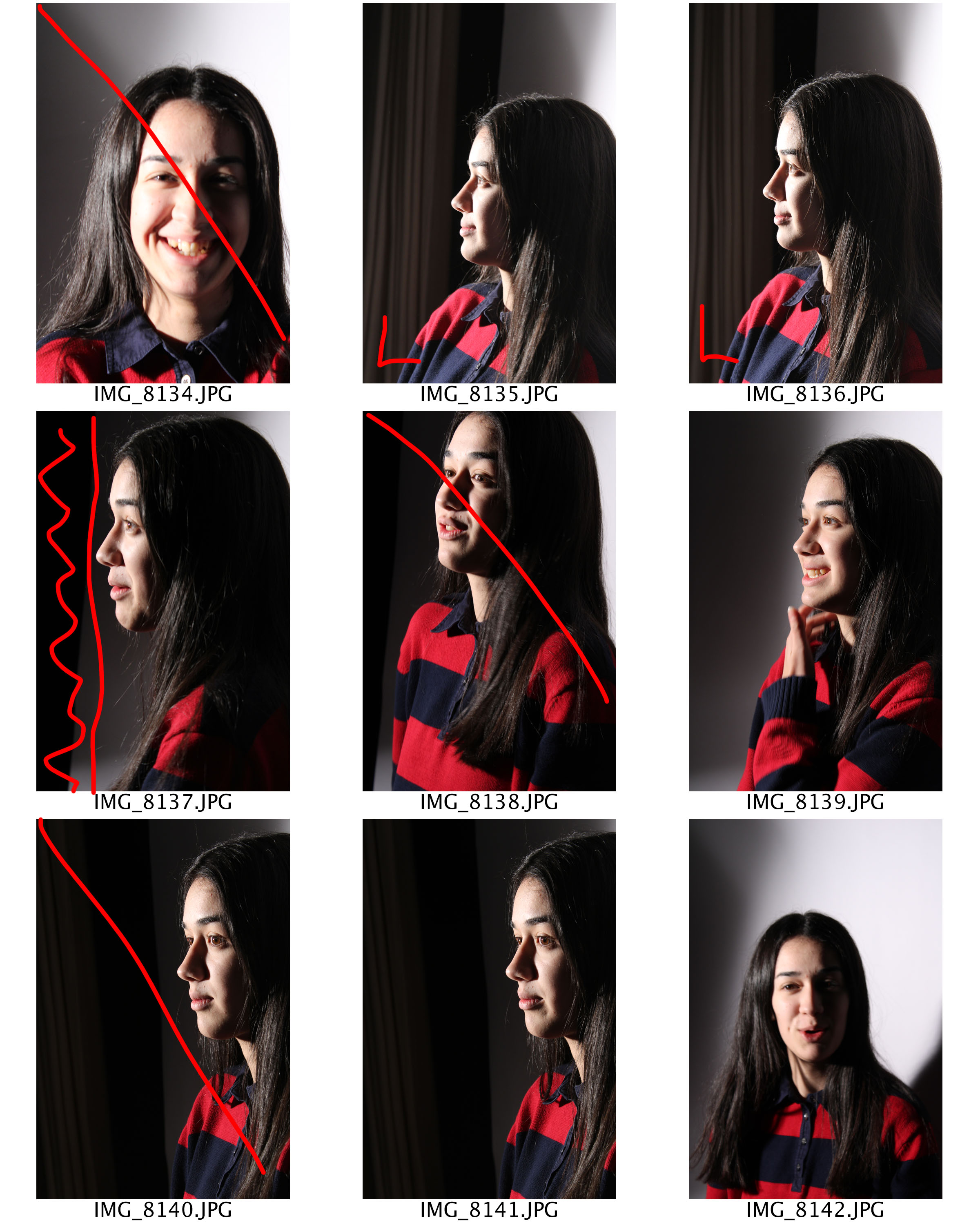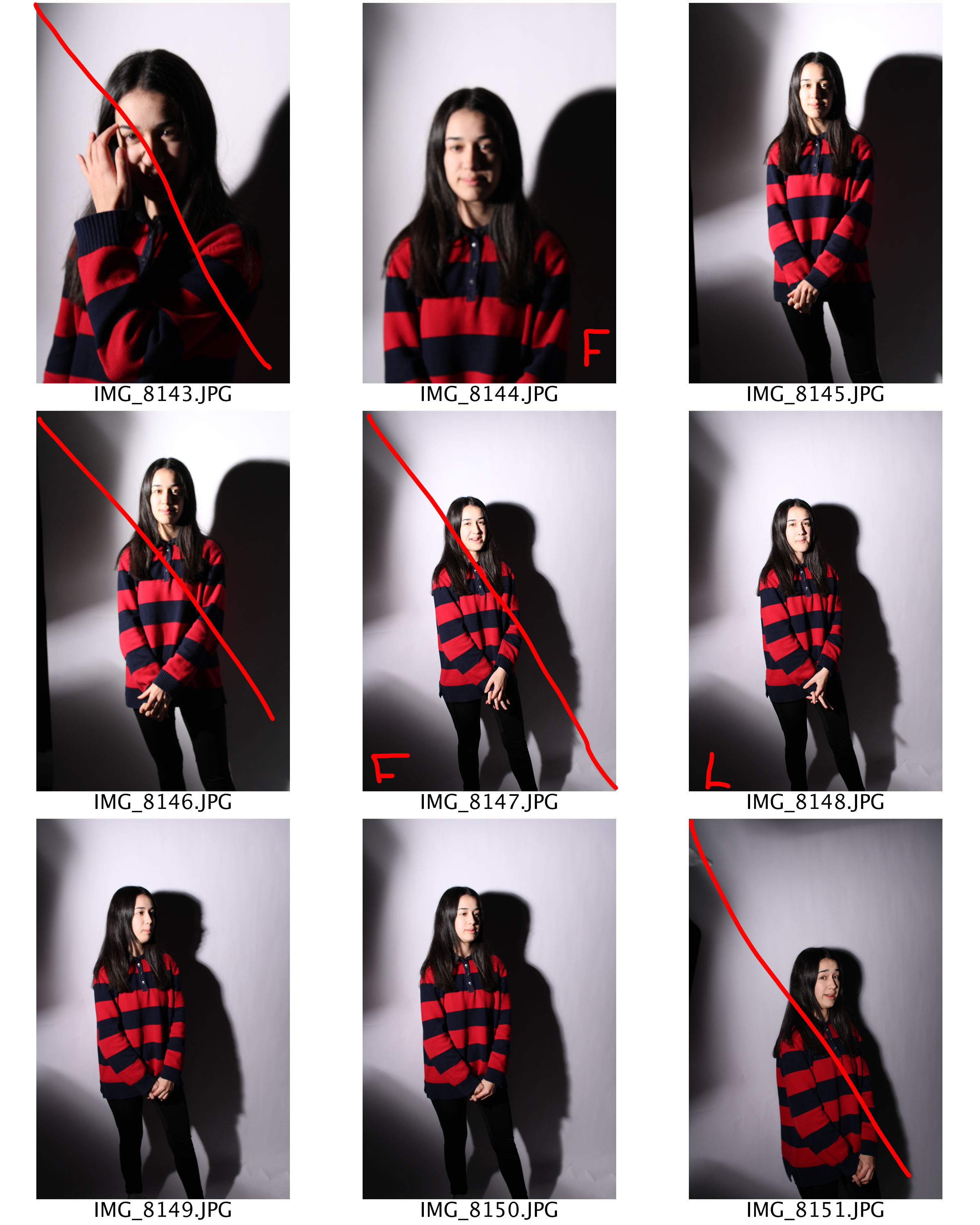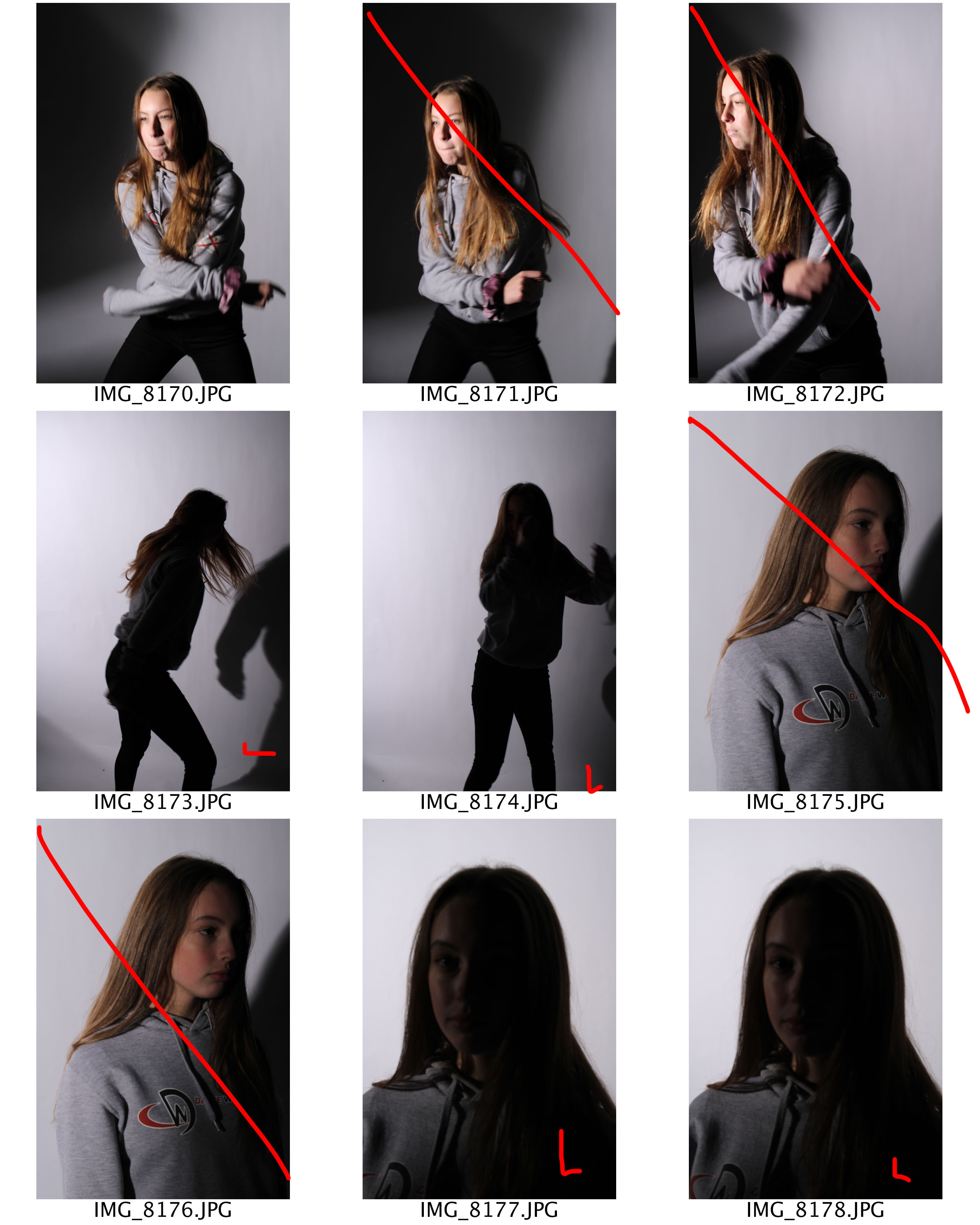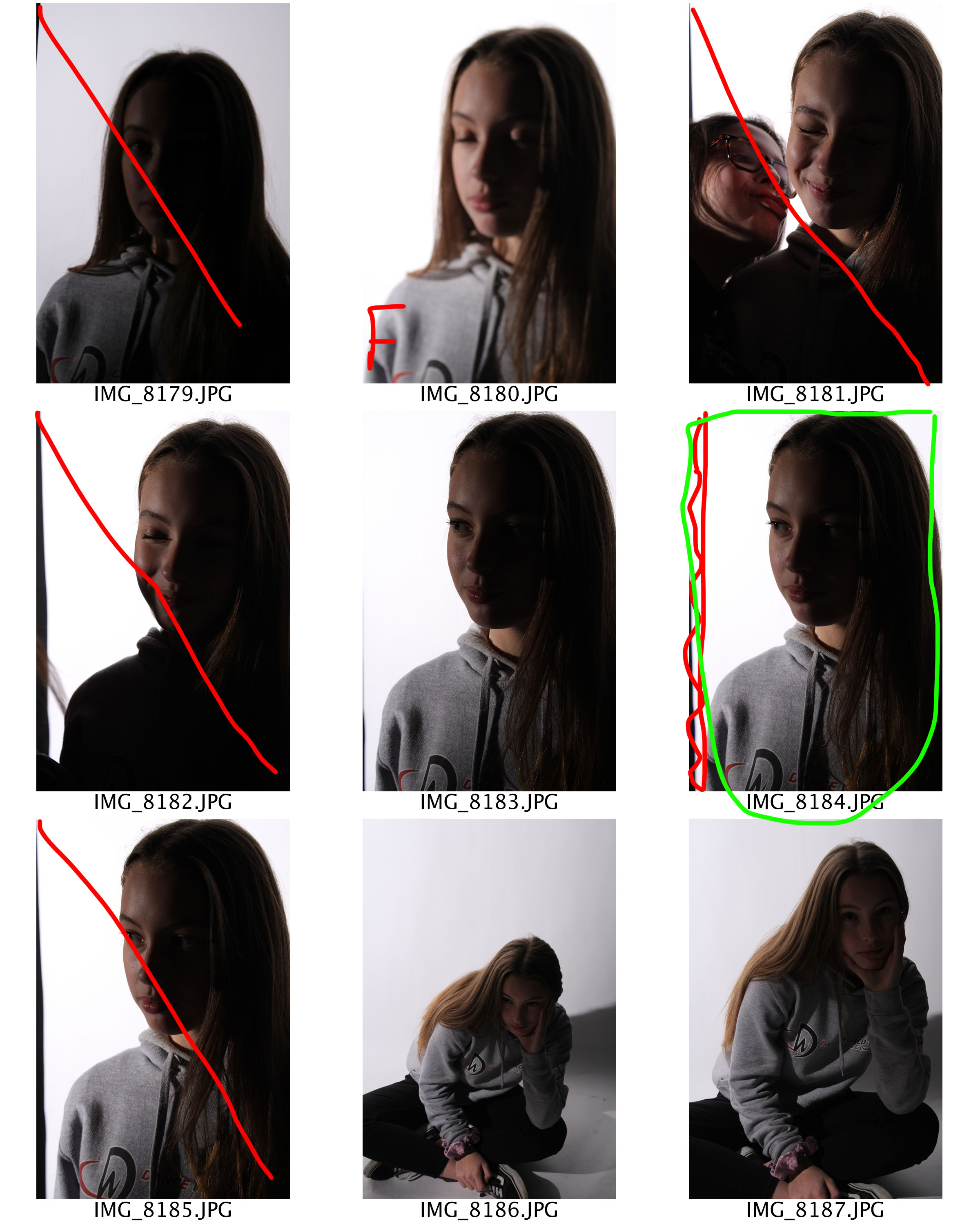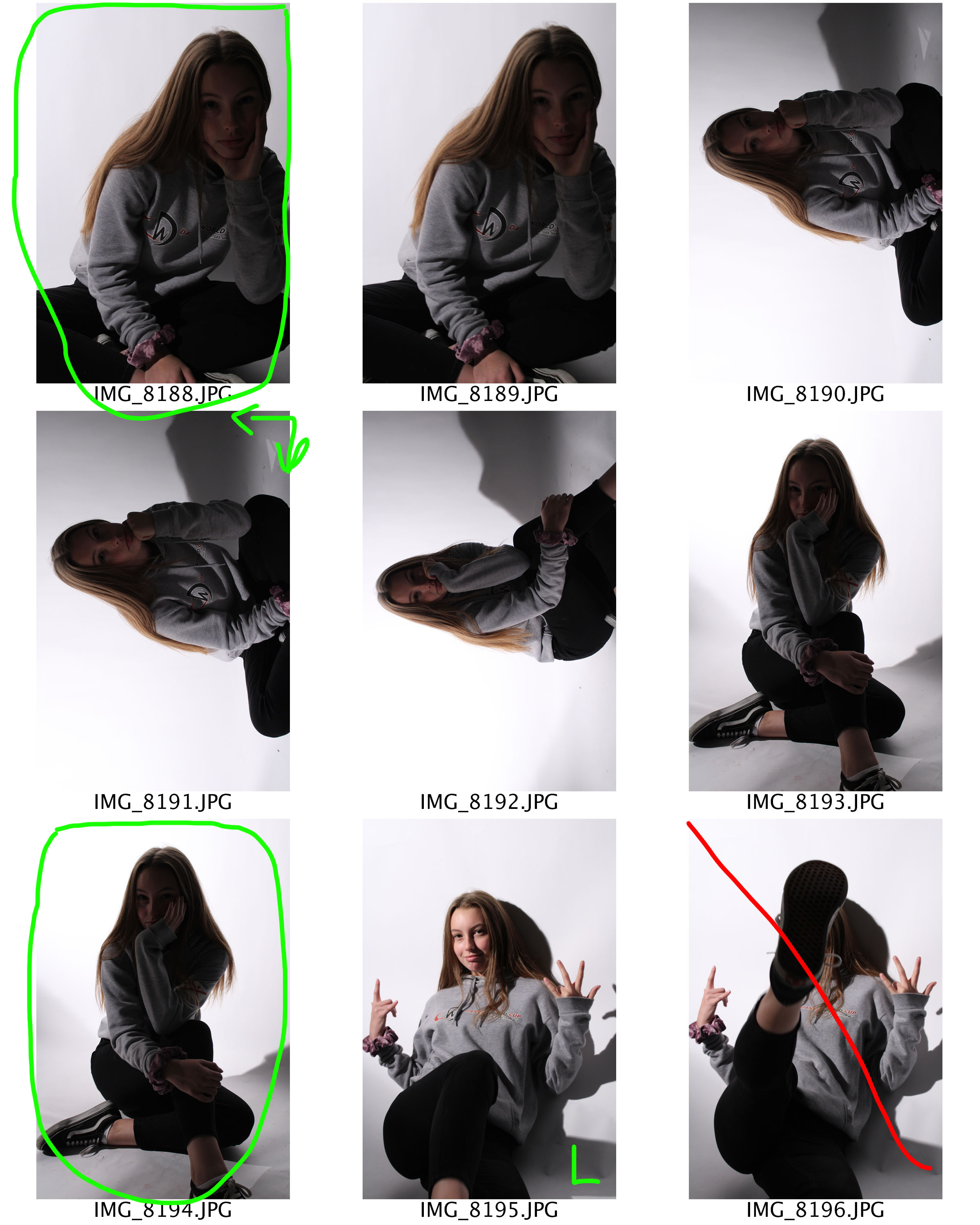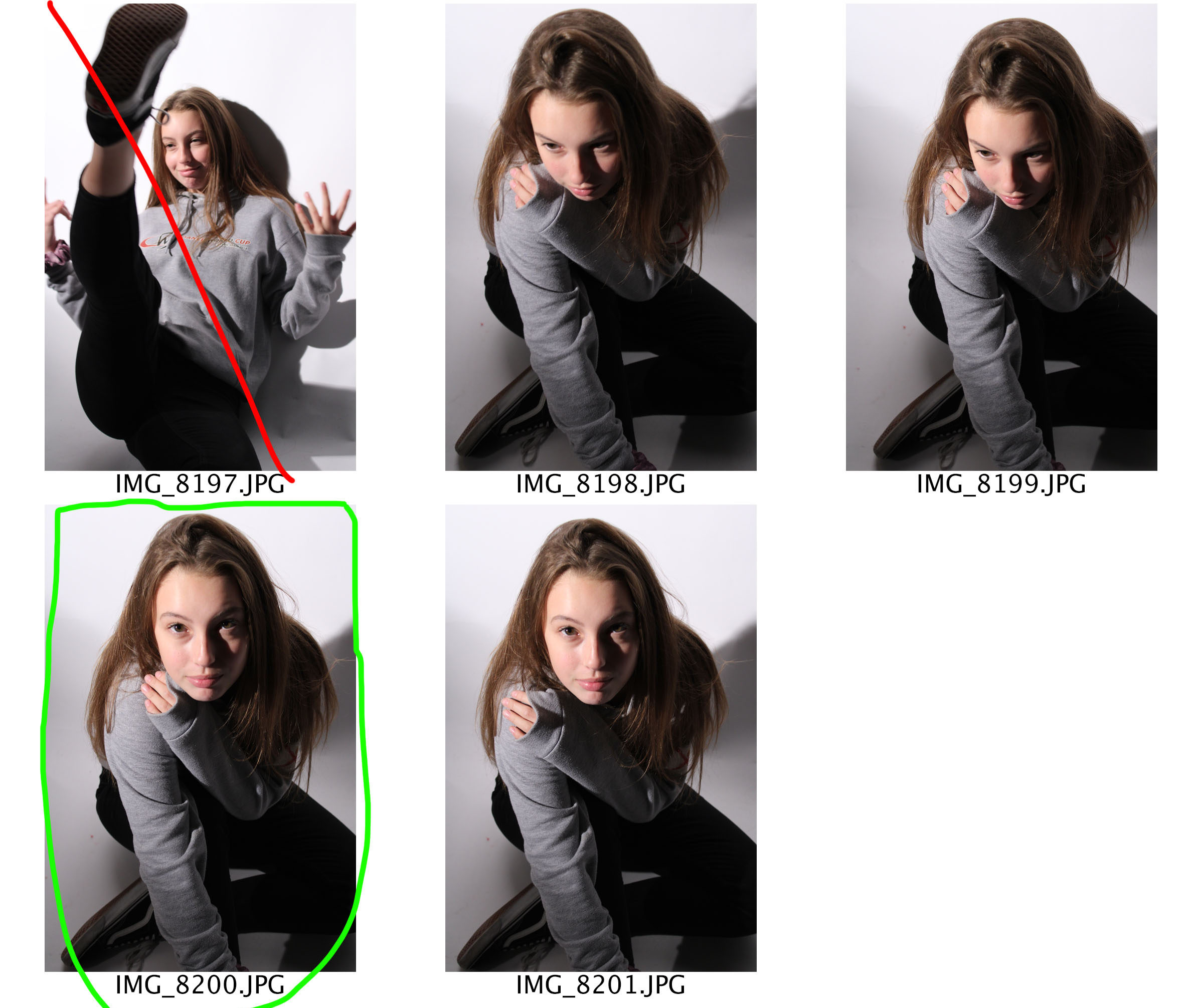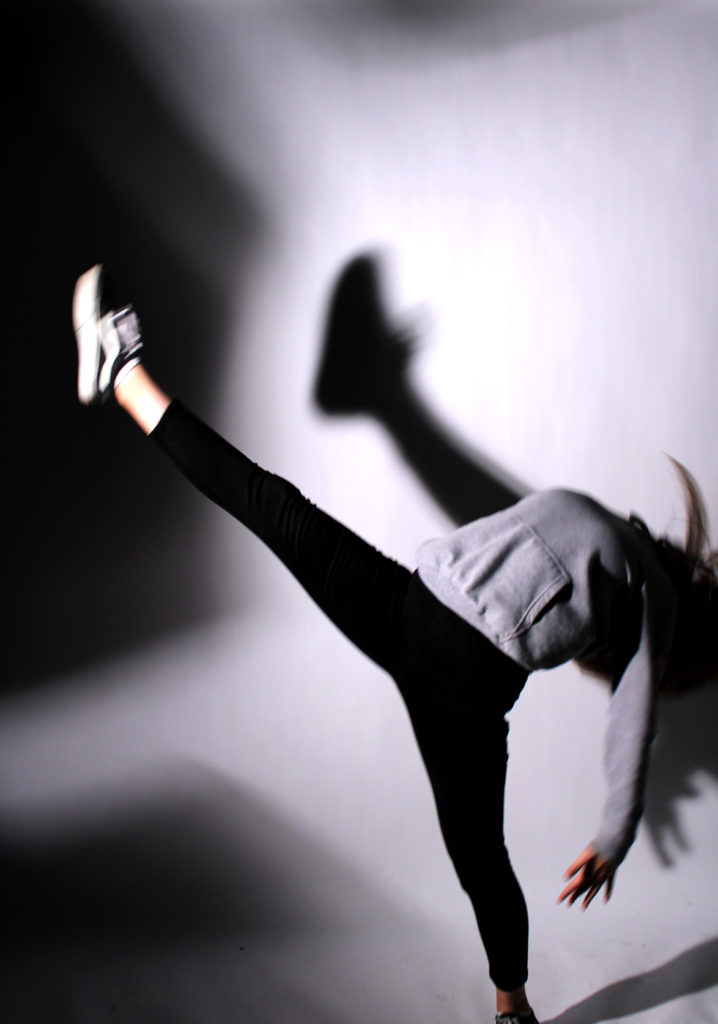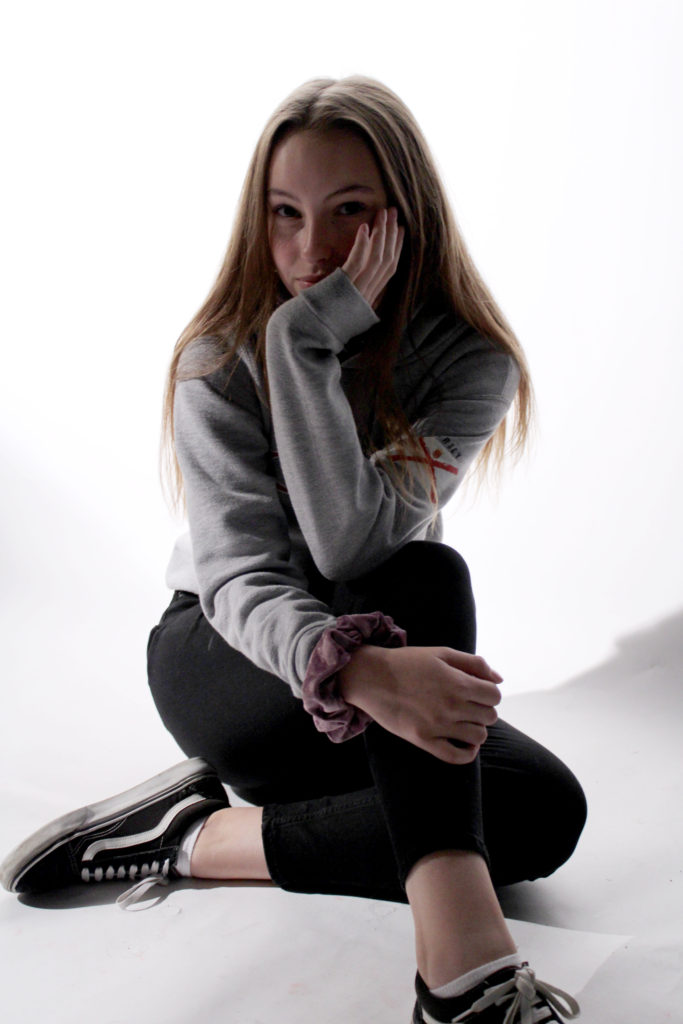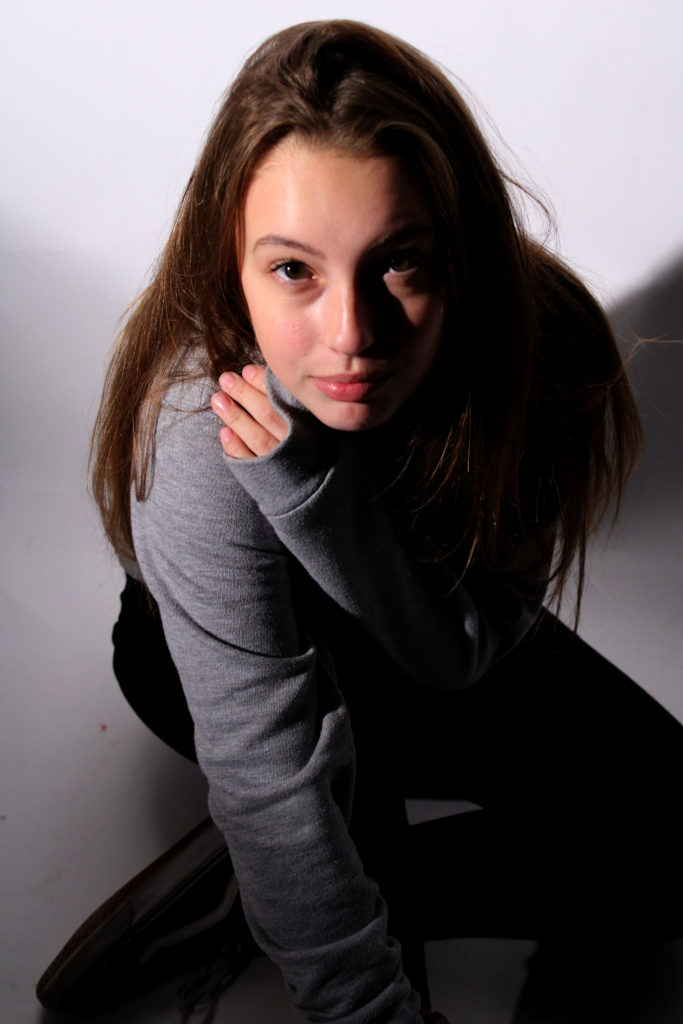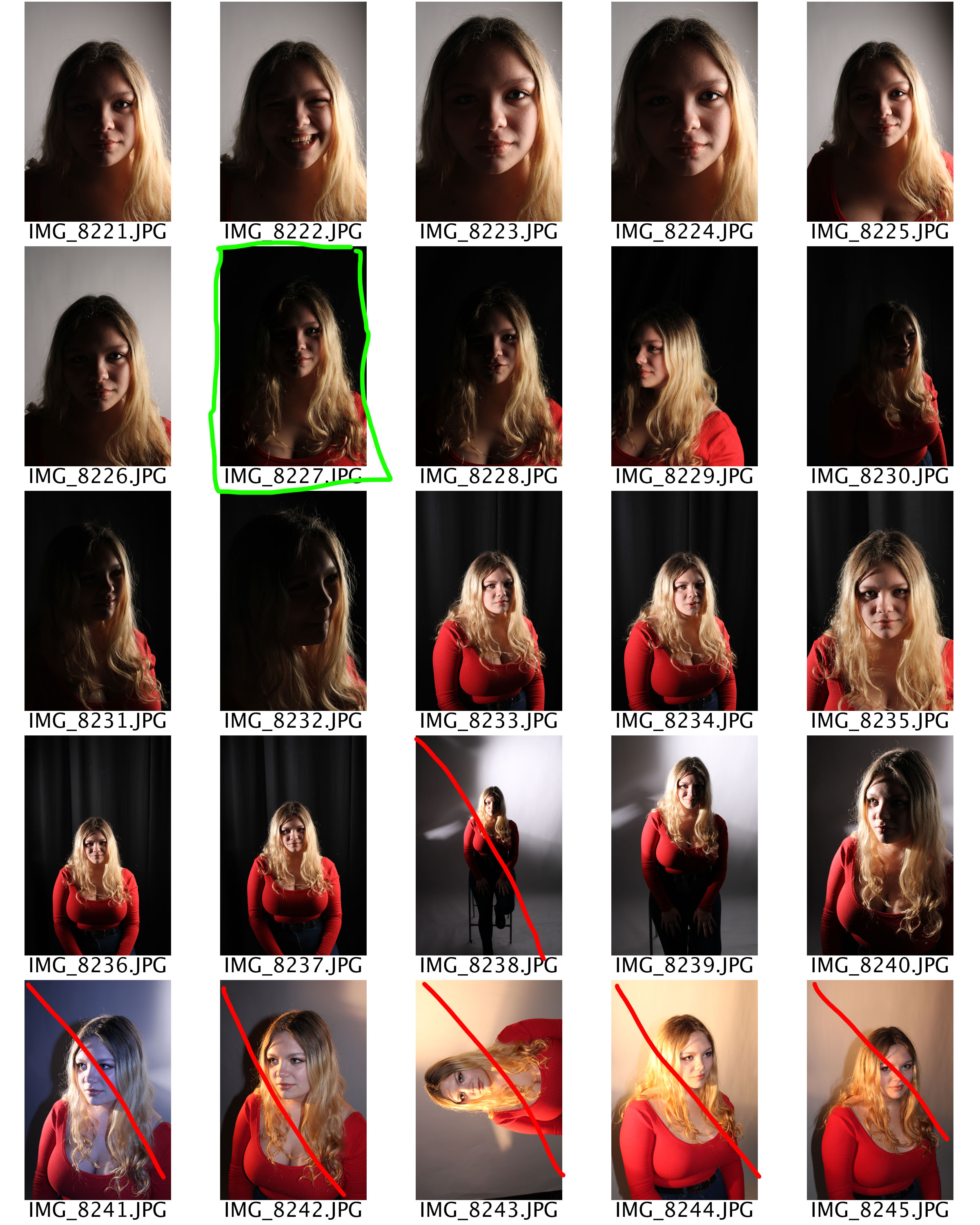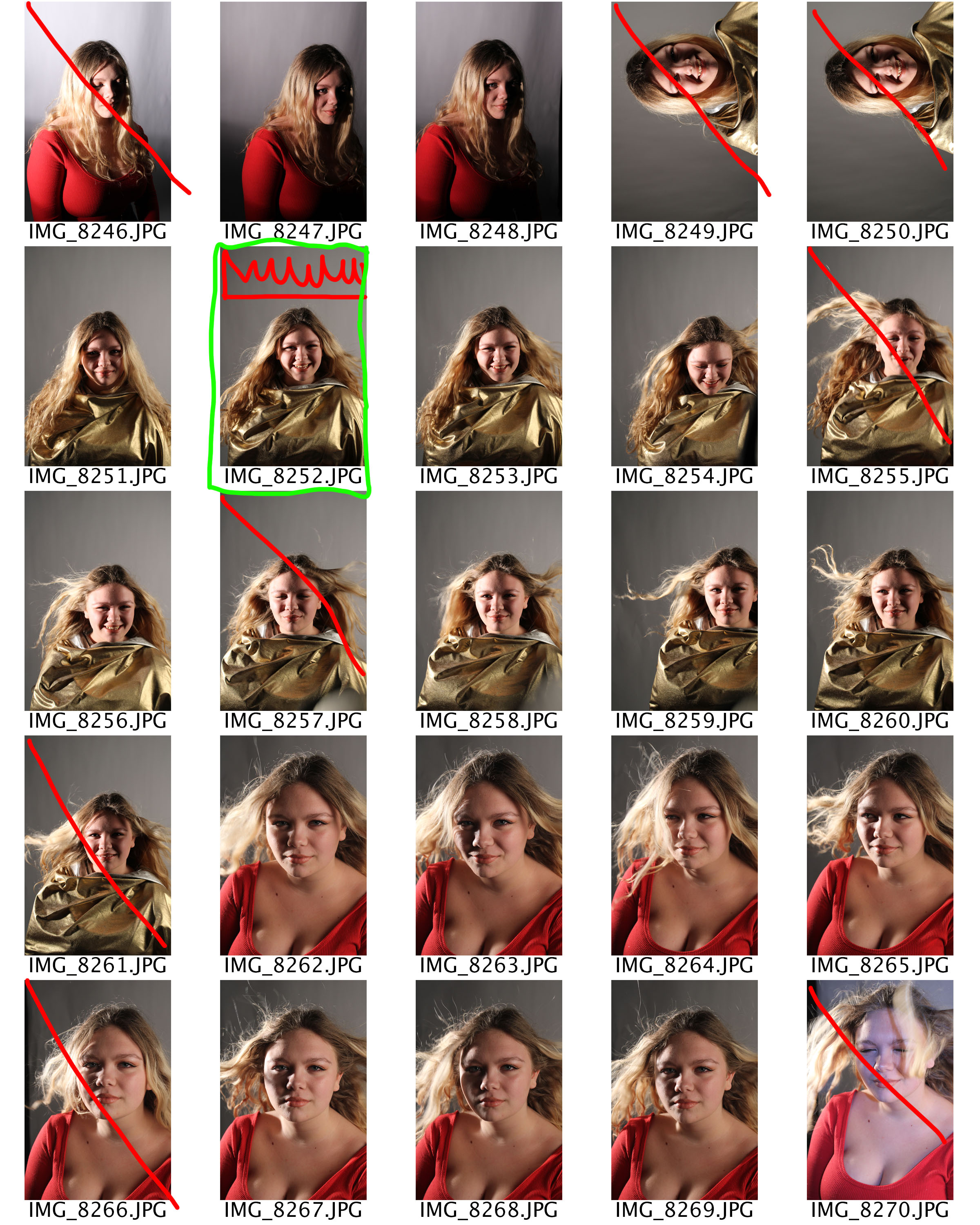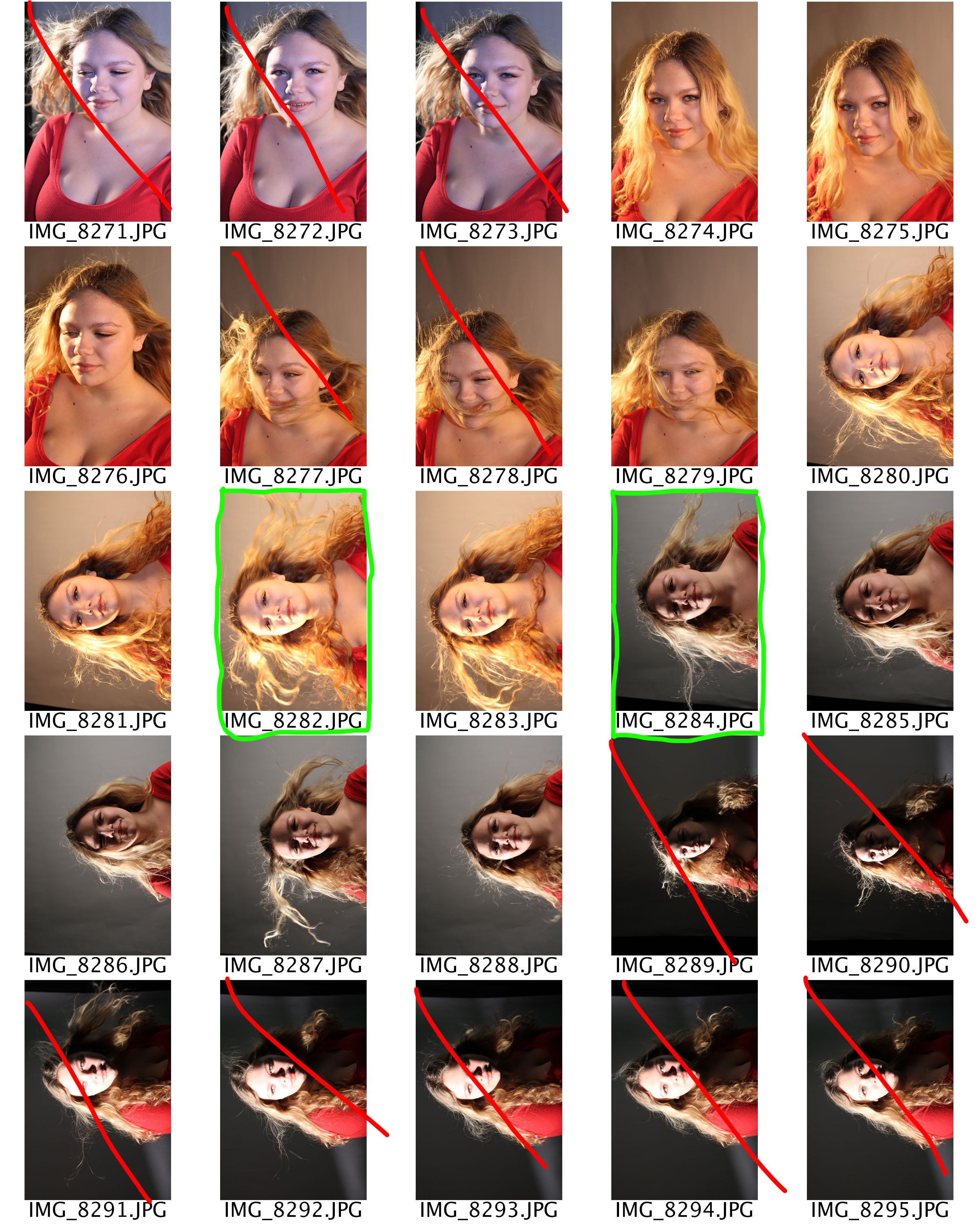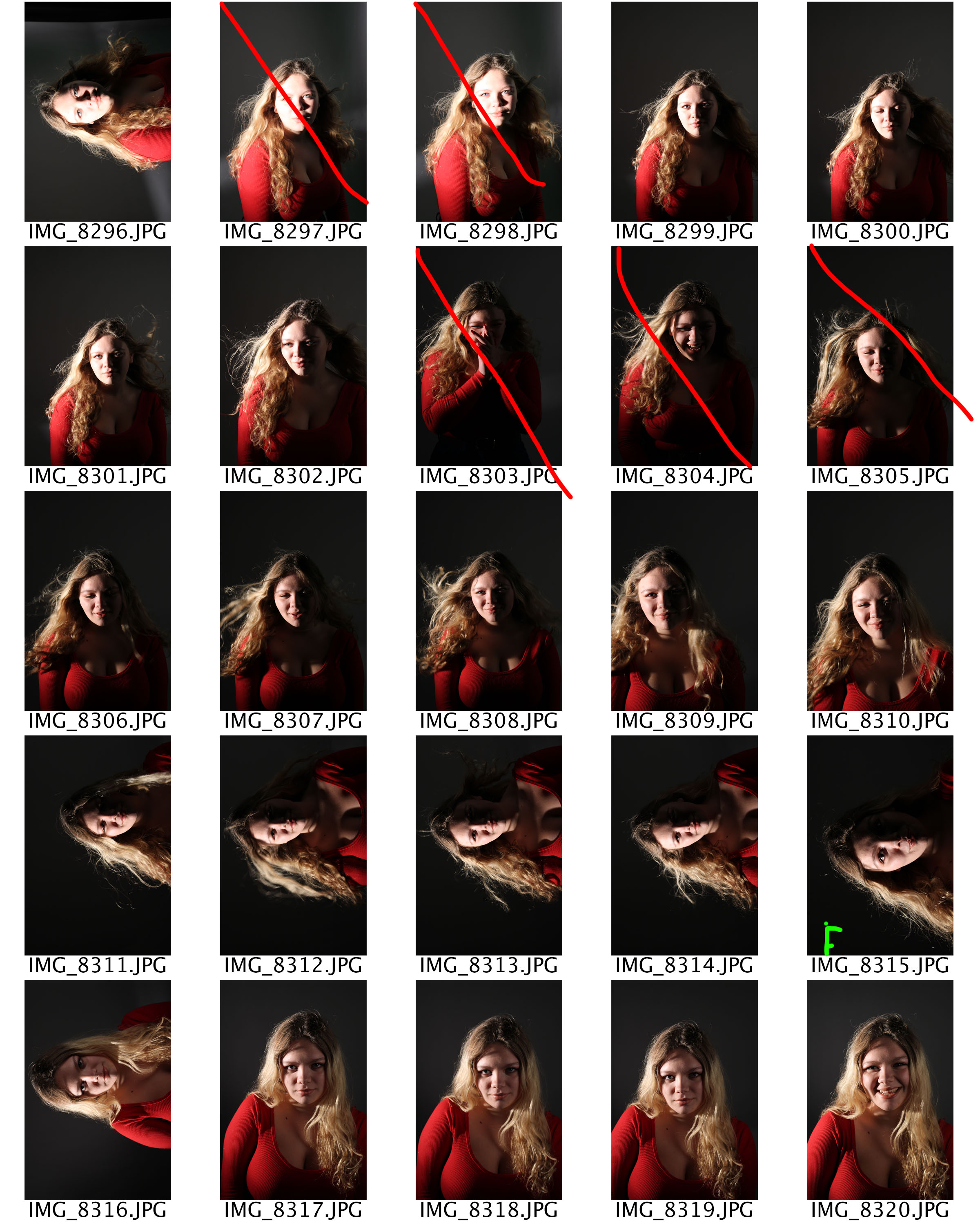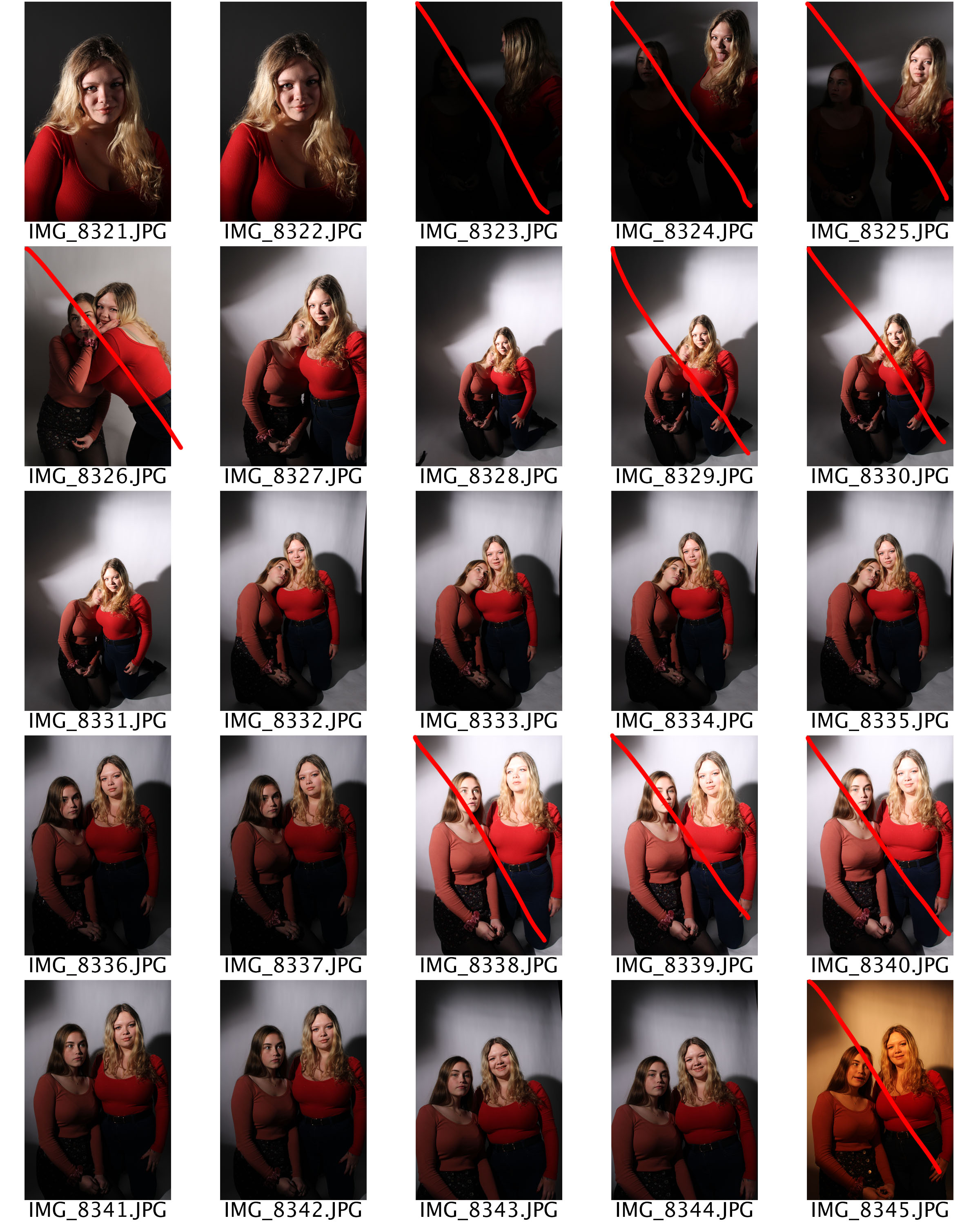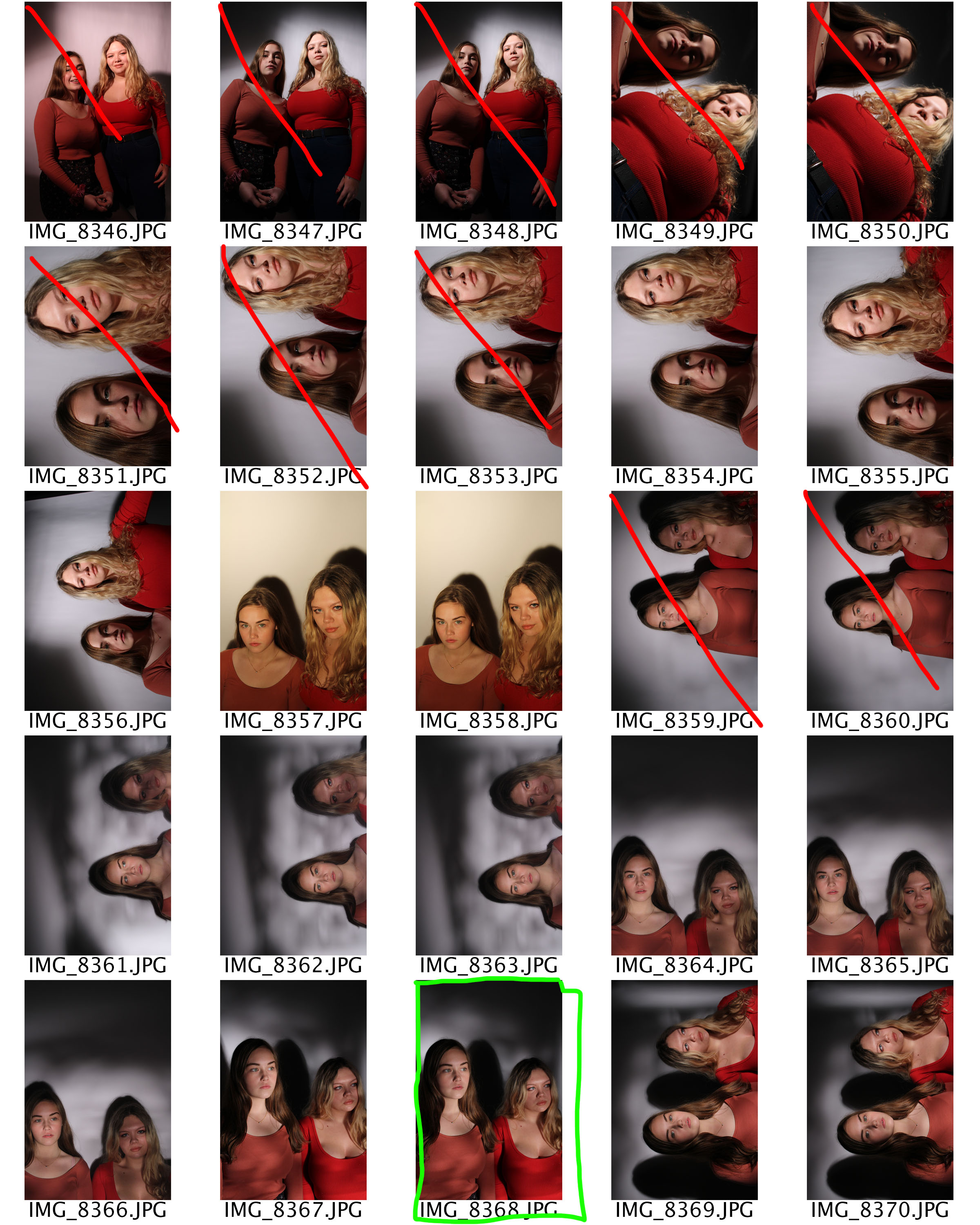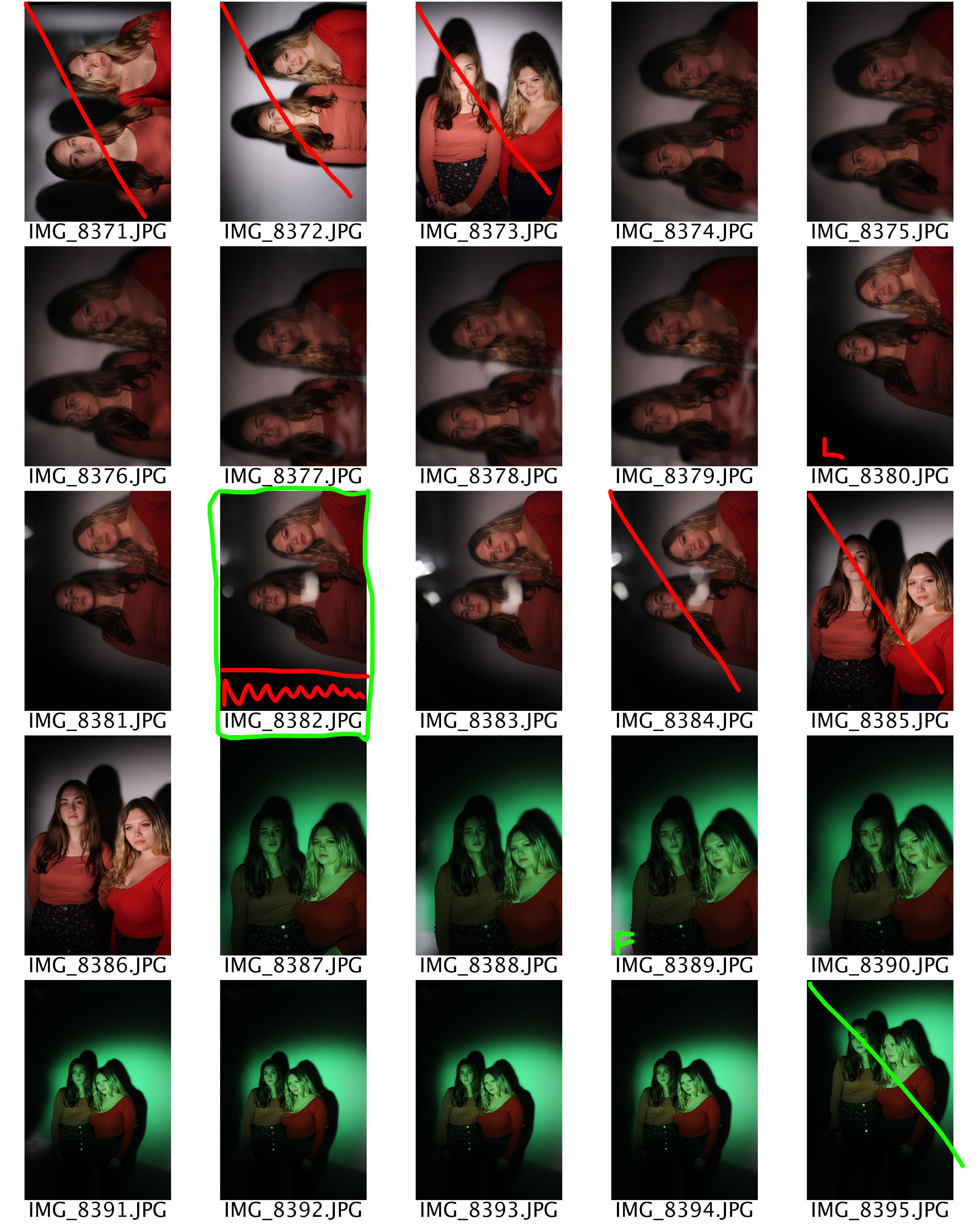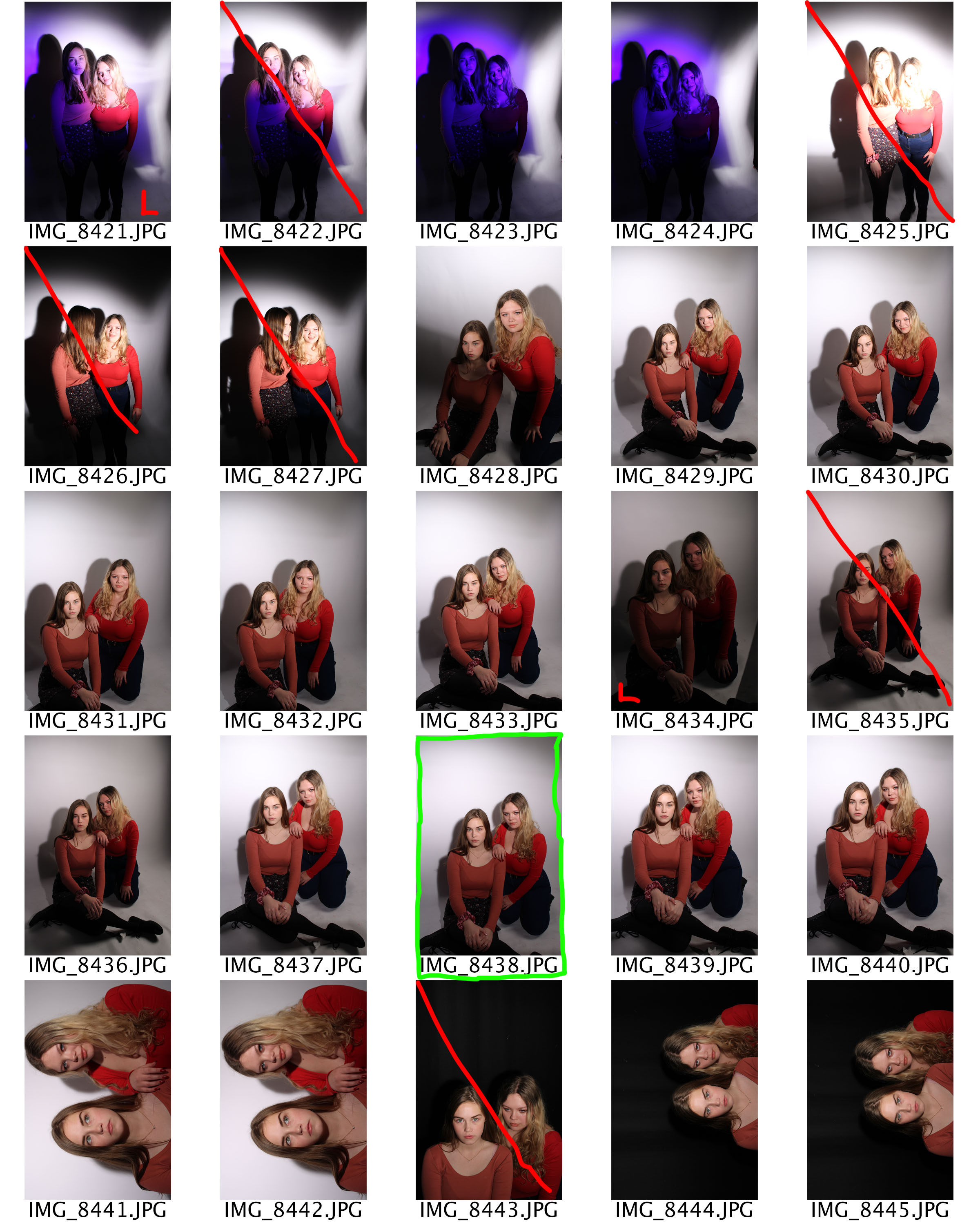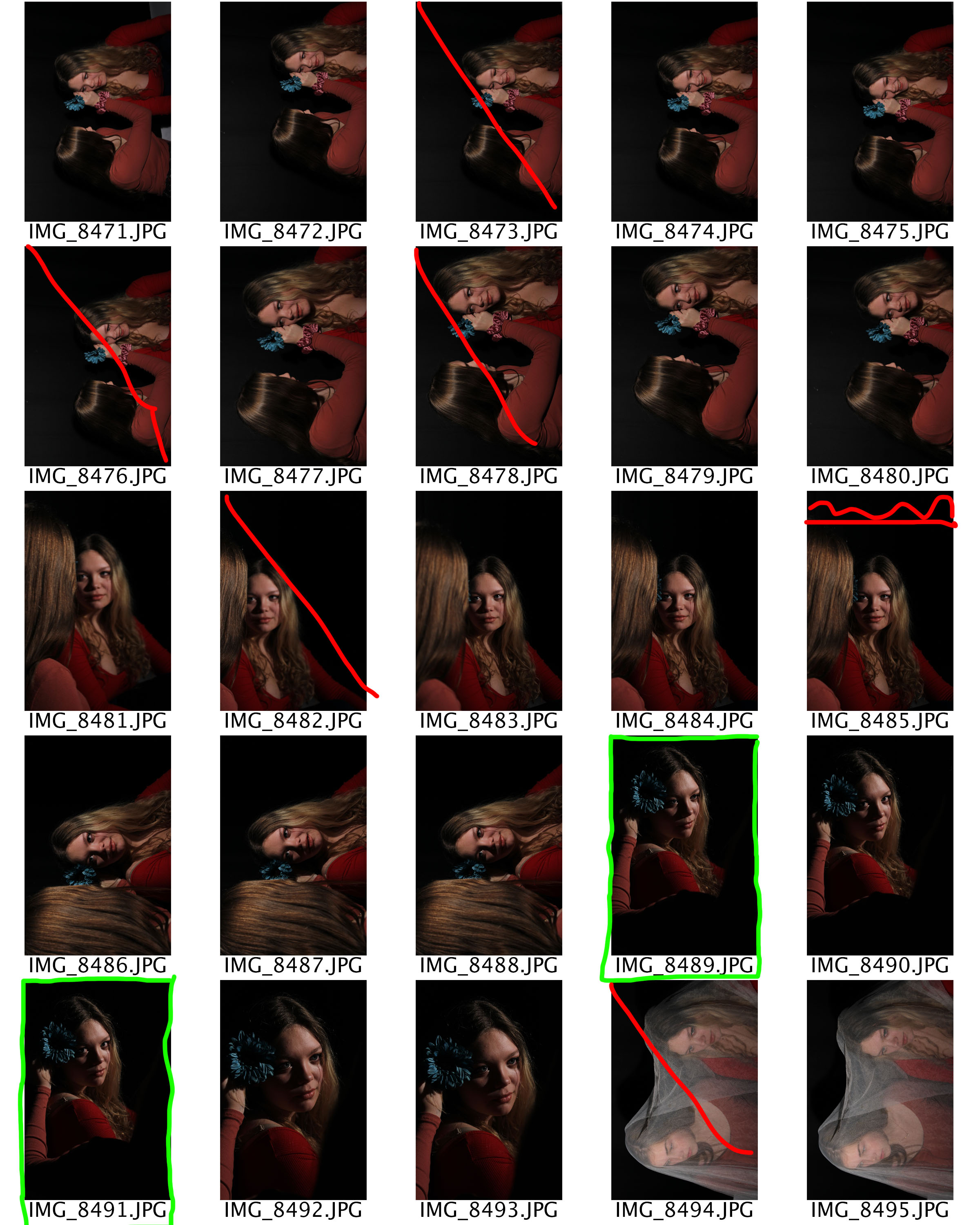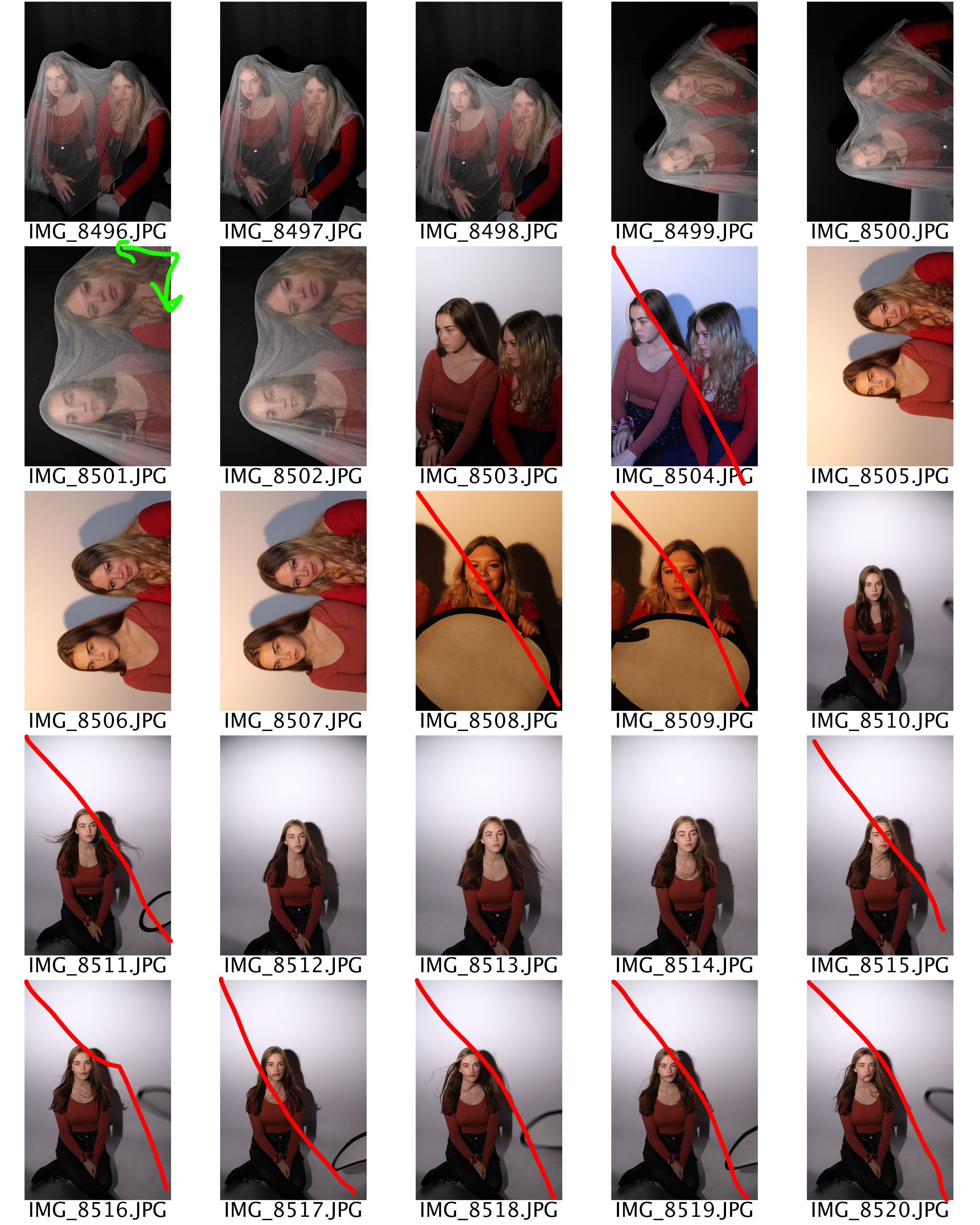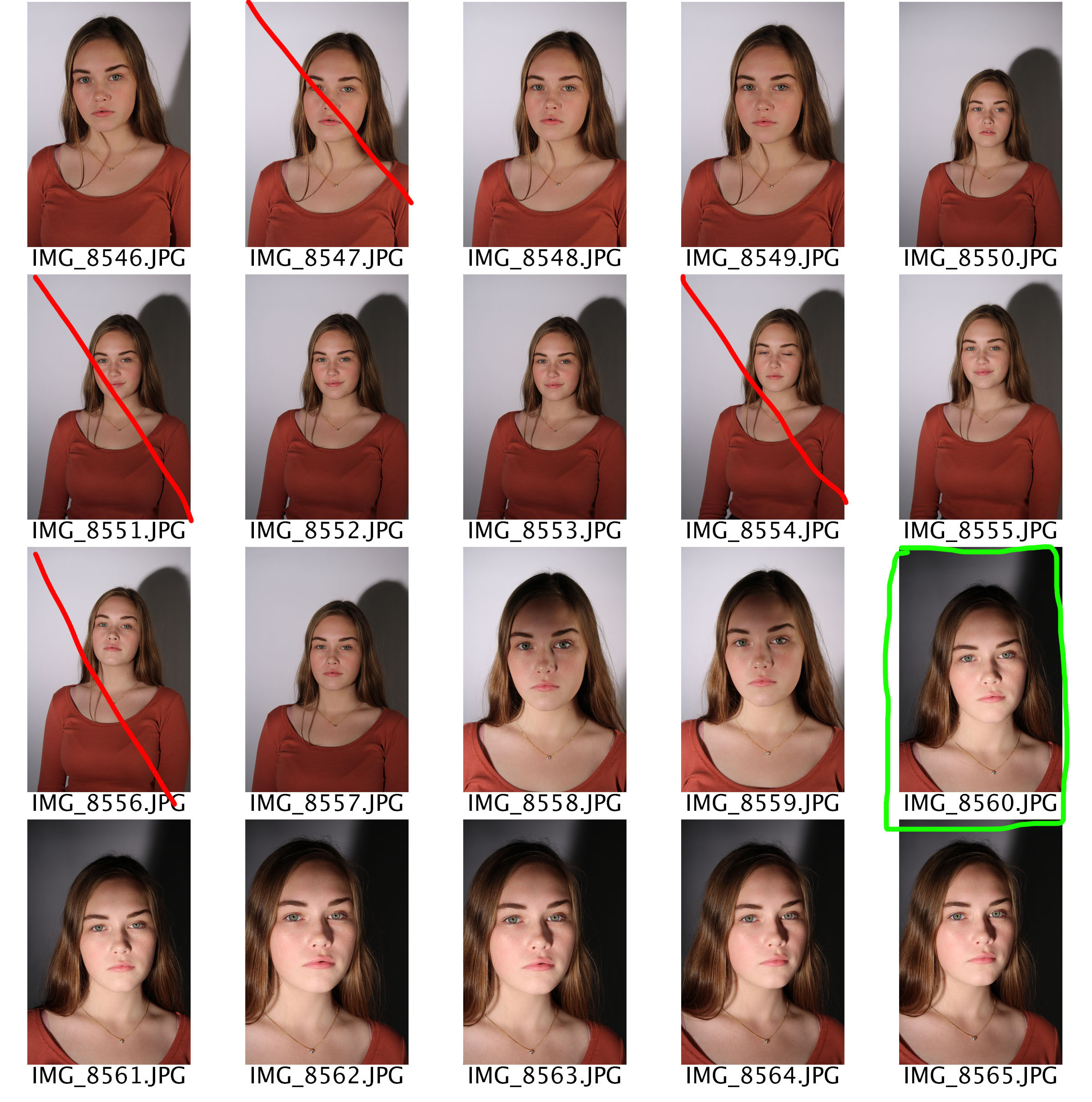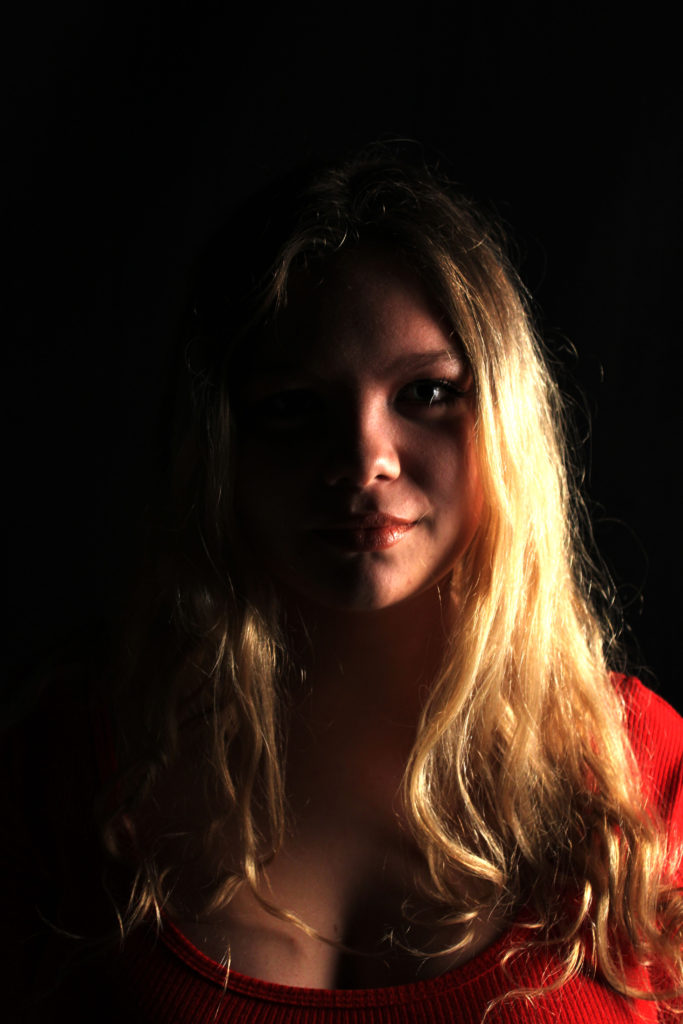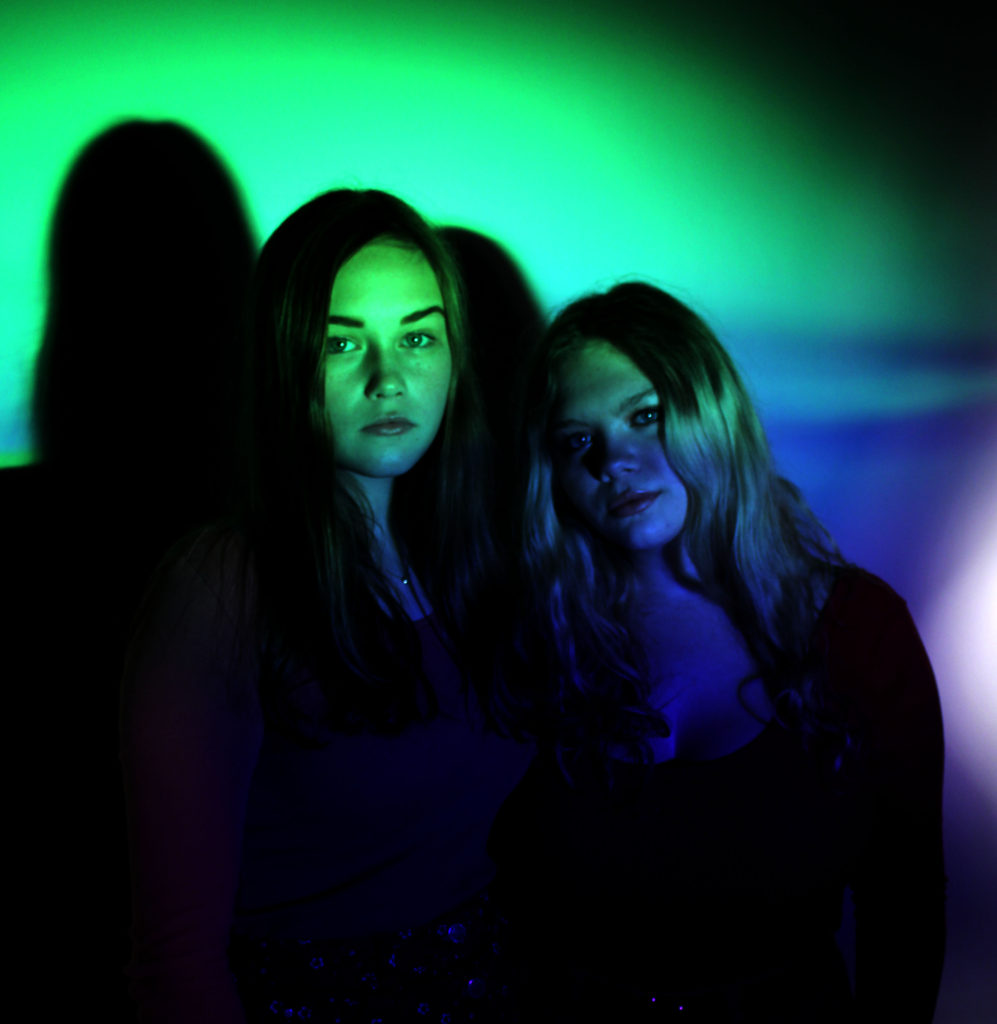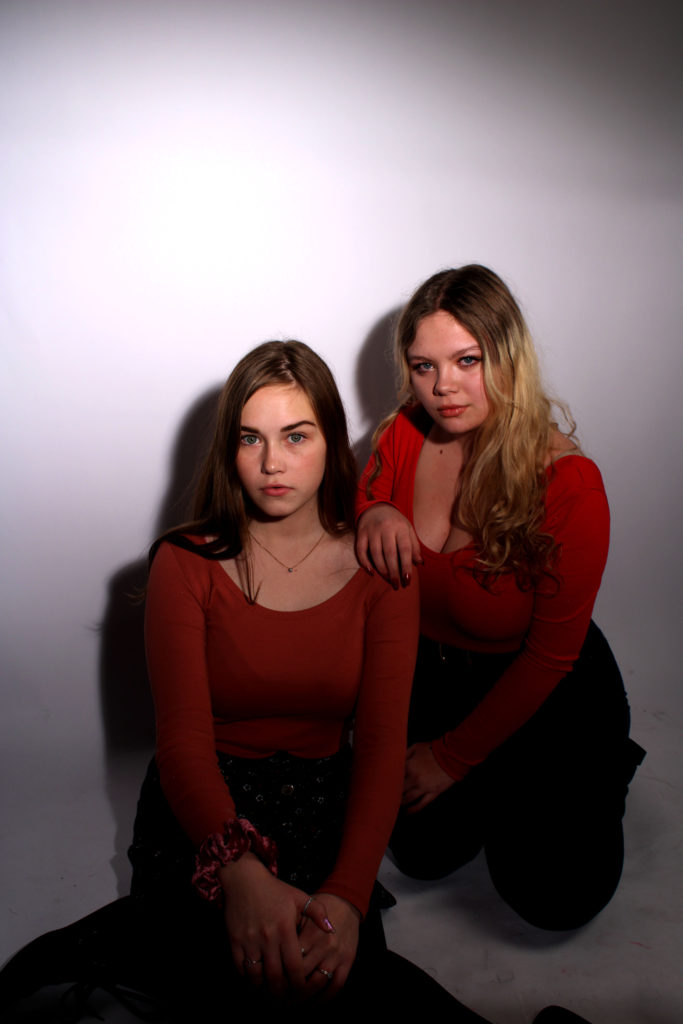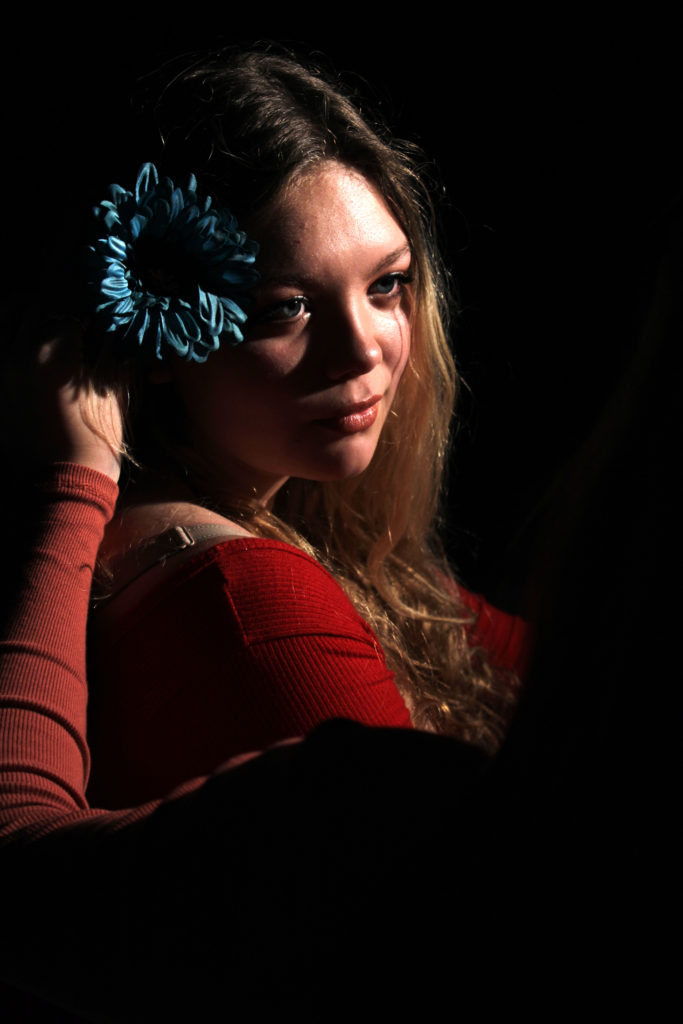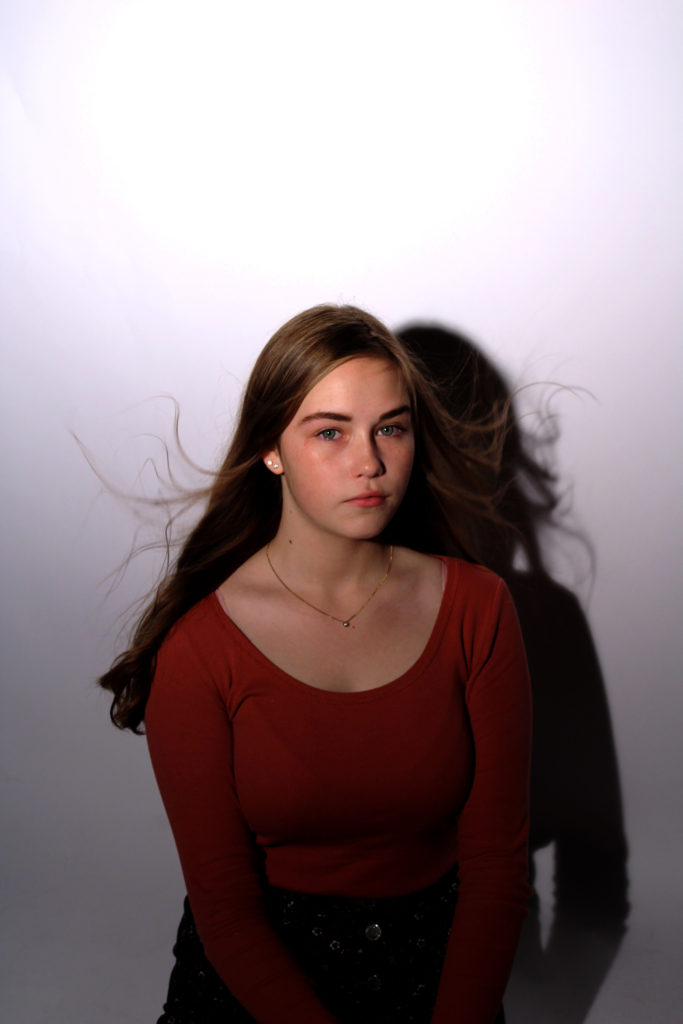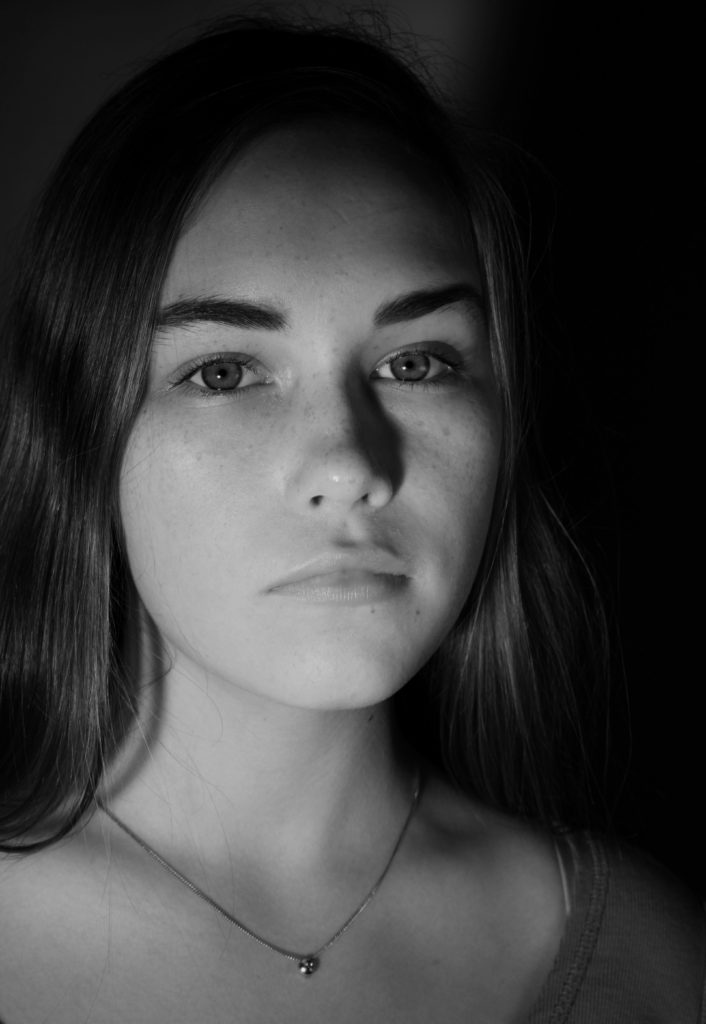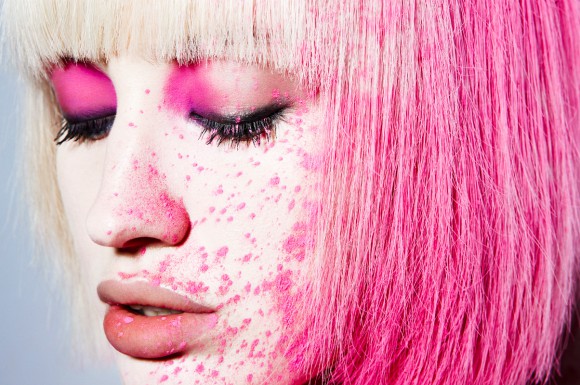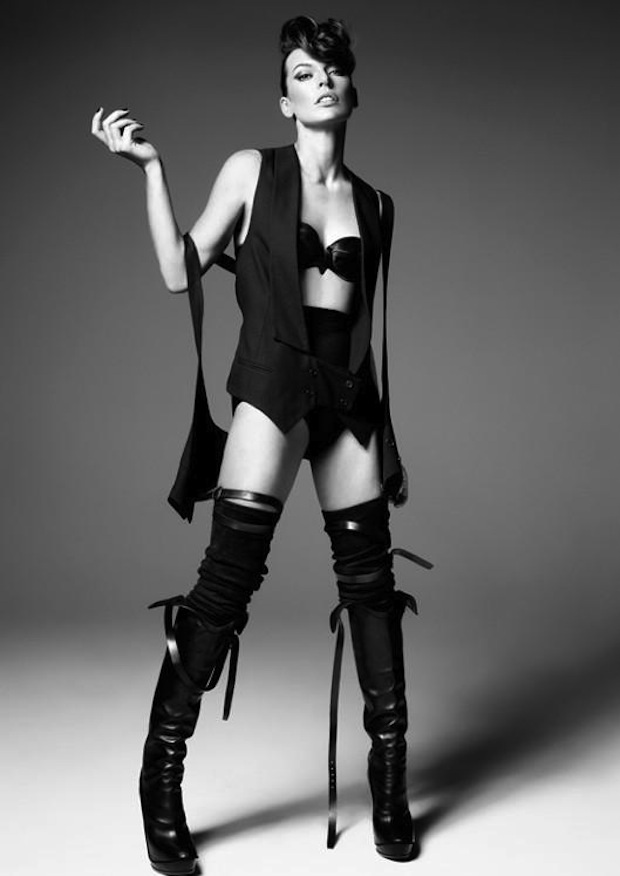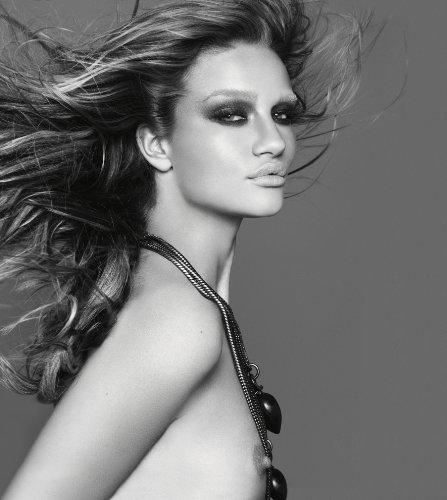
In this particular photo I used the white background in order to capture the pink to its fullest. I got a friend to hold the pink infront of the white spotlight and angle it directly towards the two girls. I chose Marli and Kristy as I thought their height differnce would make from and intersting picture and it expressed a feeling of individuality as we are all the same age and from the same place yet we are all so different. No one person is the same, whether it me in height or race or brains, I wanted to express a sense of unity by putting to very different people so close to each other, a tall Lativian and a small South African. I purposely had Marli’s shadow fall onto Kristy as a symbol of solidarity and harmony between the countries there represent and the values they express and how no matter what we all stand as one.

In this photo i had the black curtain drawn and had the softbox on and no flash was used as I wanted to display chiaroscuro and any naturally occuring shadowing from the soft box. Yet I didn’t want the spotlight on because I felt it would have been to harsh and I wanted it to feel as subtle as possible. I wanted the tall at the back inorder to capture everyones faces clearly and also to create a clear foreground and background, as well as a reptive structure which is created by the pairs they are standing in. I purposly avoiding having a leading eye as I wanted all persons to be the focal point which symbolies equality, everyone has there chane to be in the spotlight and recieve attention. I put this photo into black and white to resemble the idea of ‘yin and yang’ and how opposites attract in harmony, this filter also creates a cool temperature and tone.

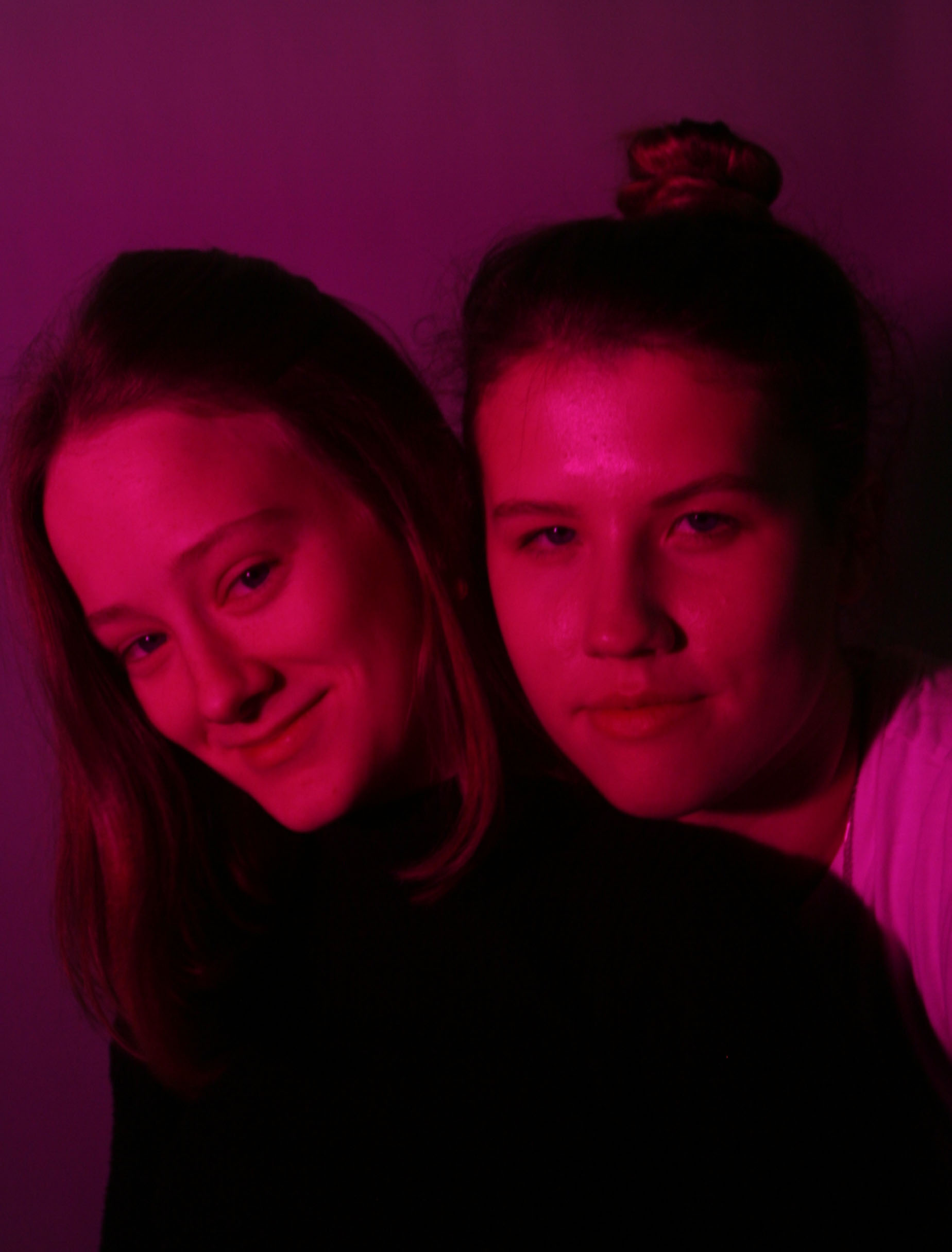
In this photo I had a pink filter over the white spotlight and the white background again. No flash photography was used as I wanted to capture the naturalistic I wanted Kristy to get down to Marli’s height to show a sense of integration between us and how we should all respect each other and we should always put ourselves in the other persons shoes before making a judgement, it’s all about us being on a level playing field. Also I specifically asked Marli to wear black and Kristy to wear white to symbolise ‘yin and yang’ which describes how seemingly opposite or contrary forces may actually be complementary, interconnected, and interdependent in the natural world, and how they may give rise to each other as they interrelate to one another.


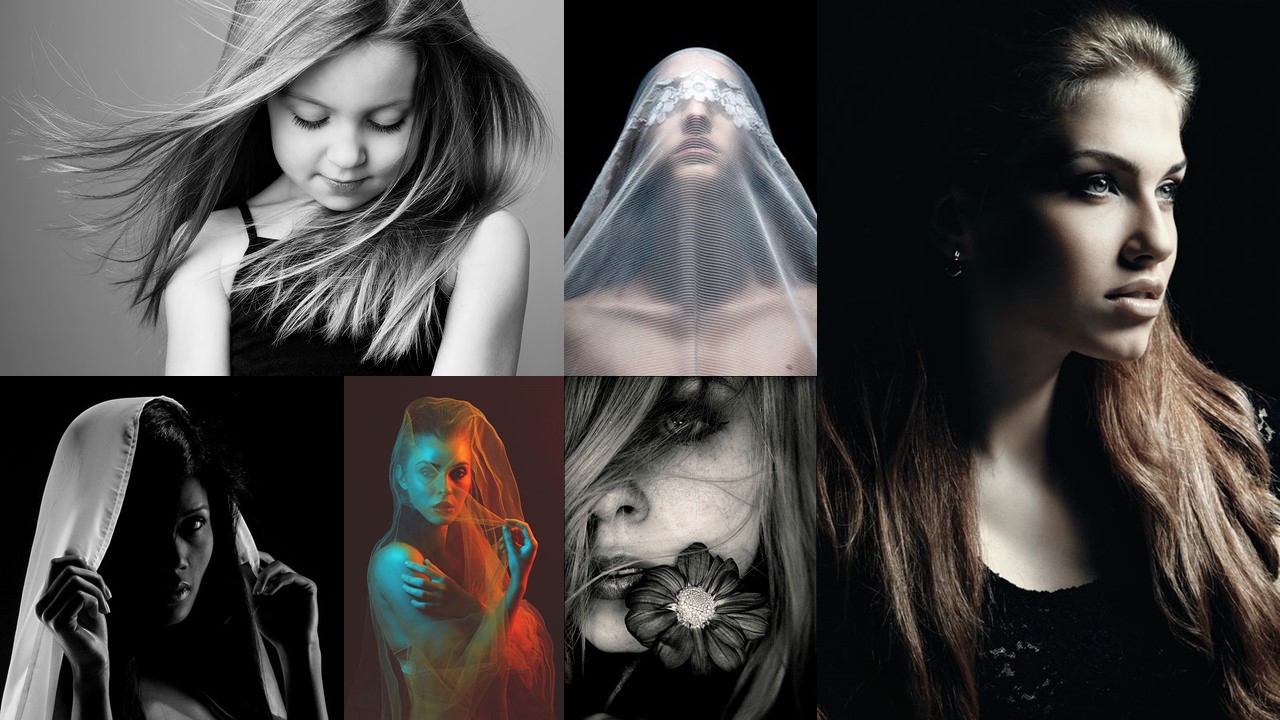
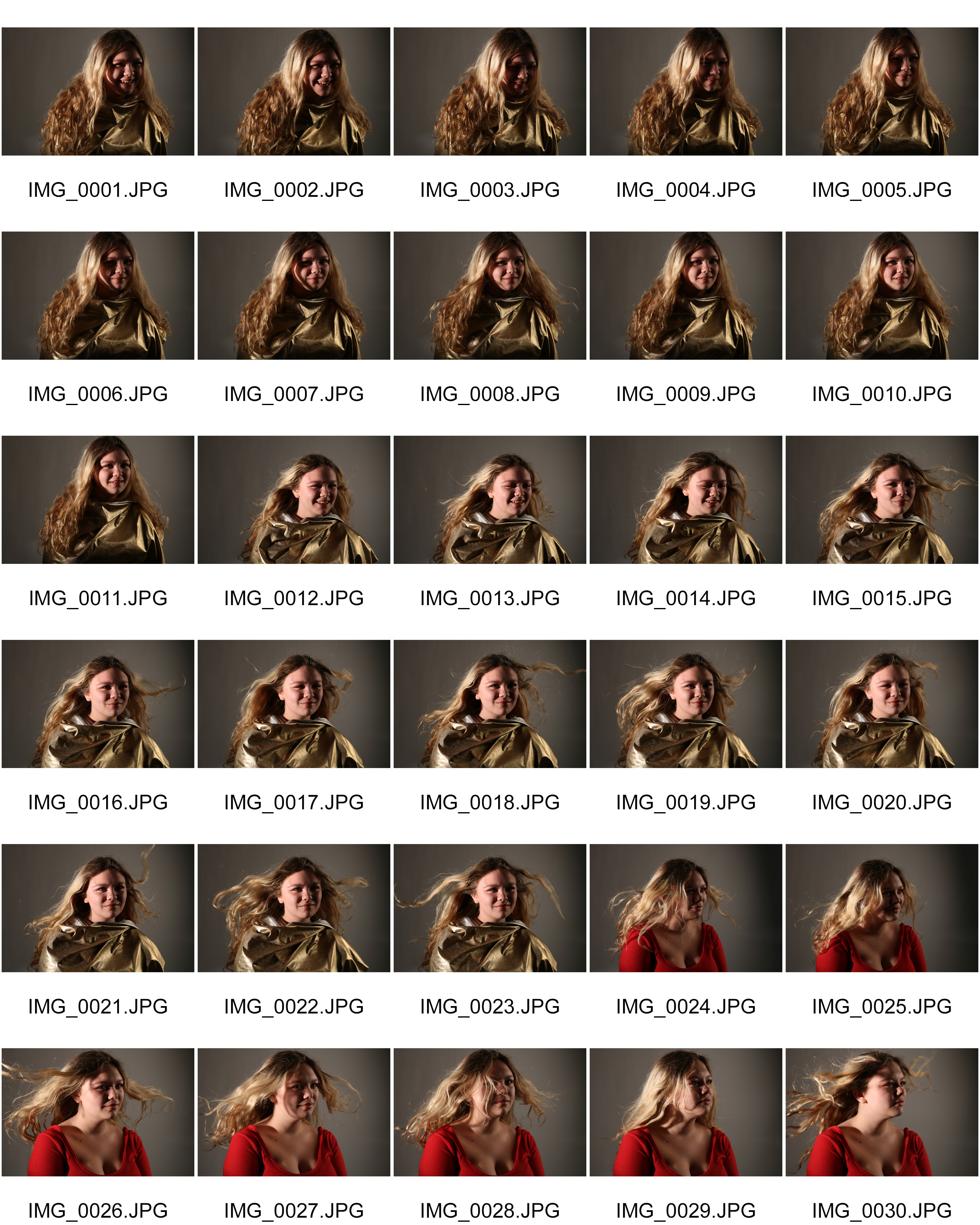
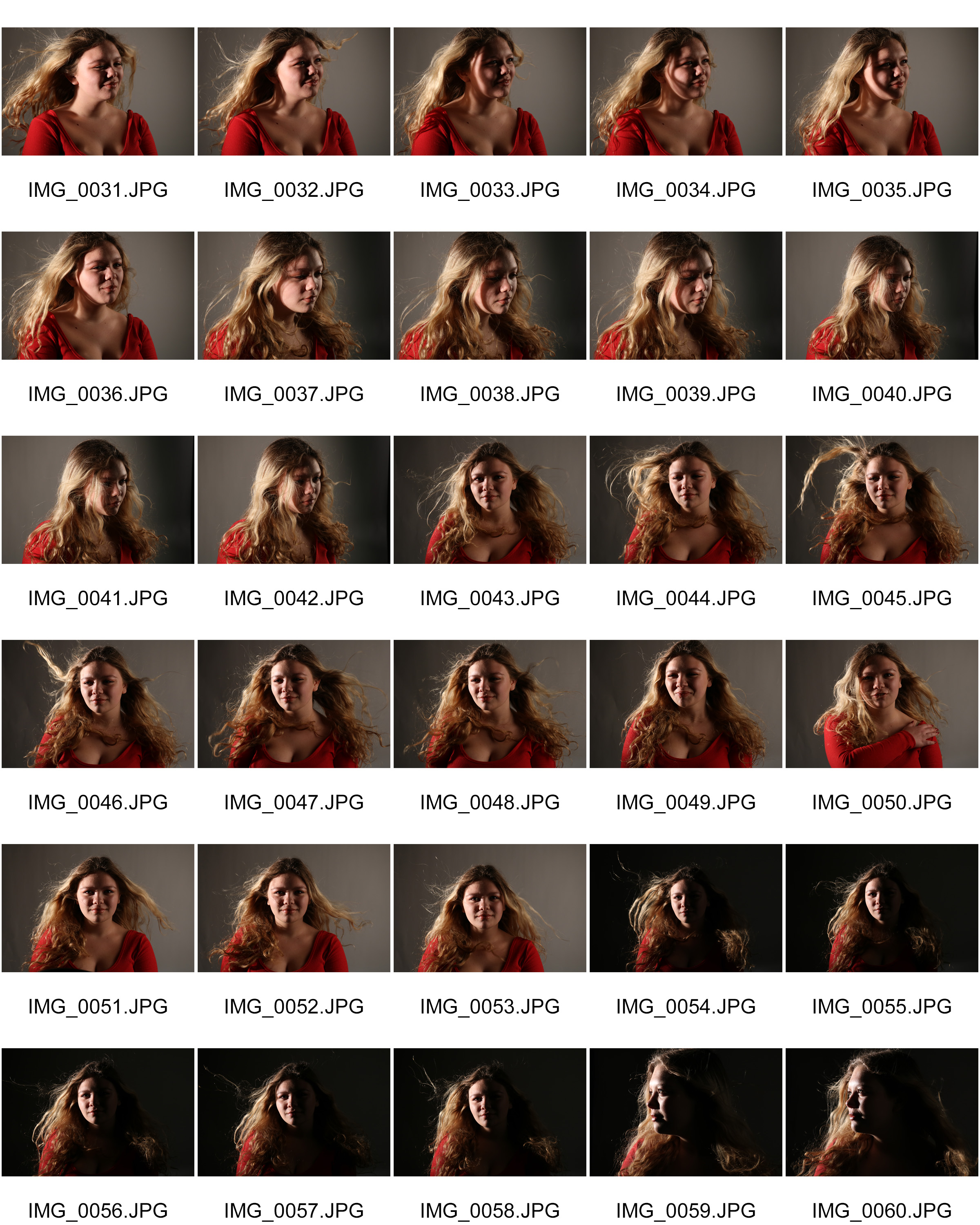
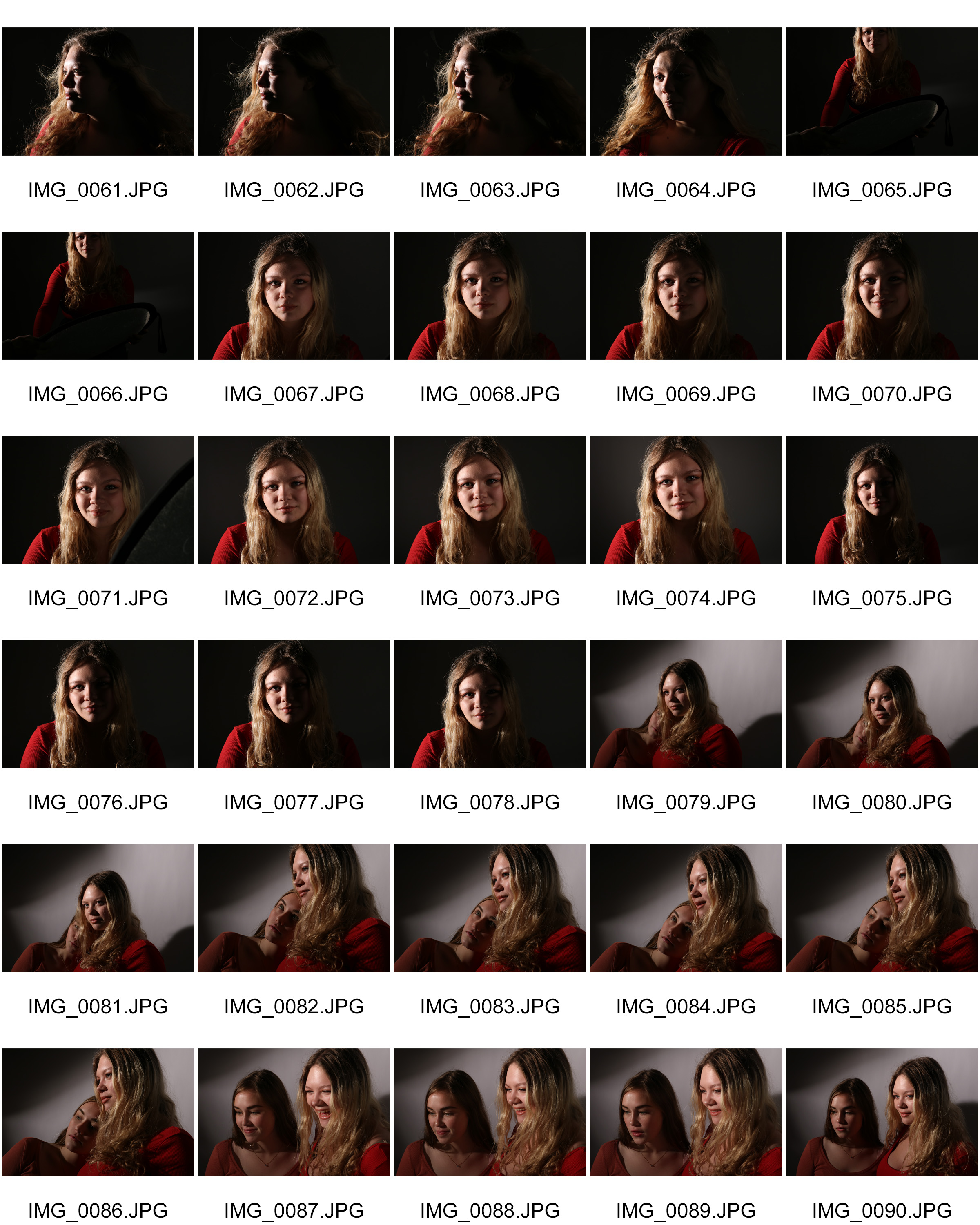
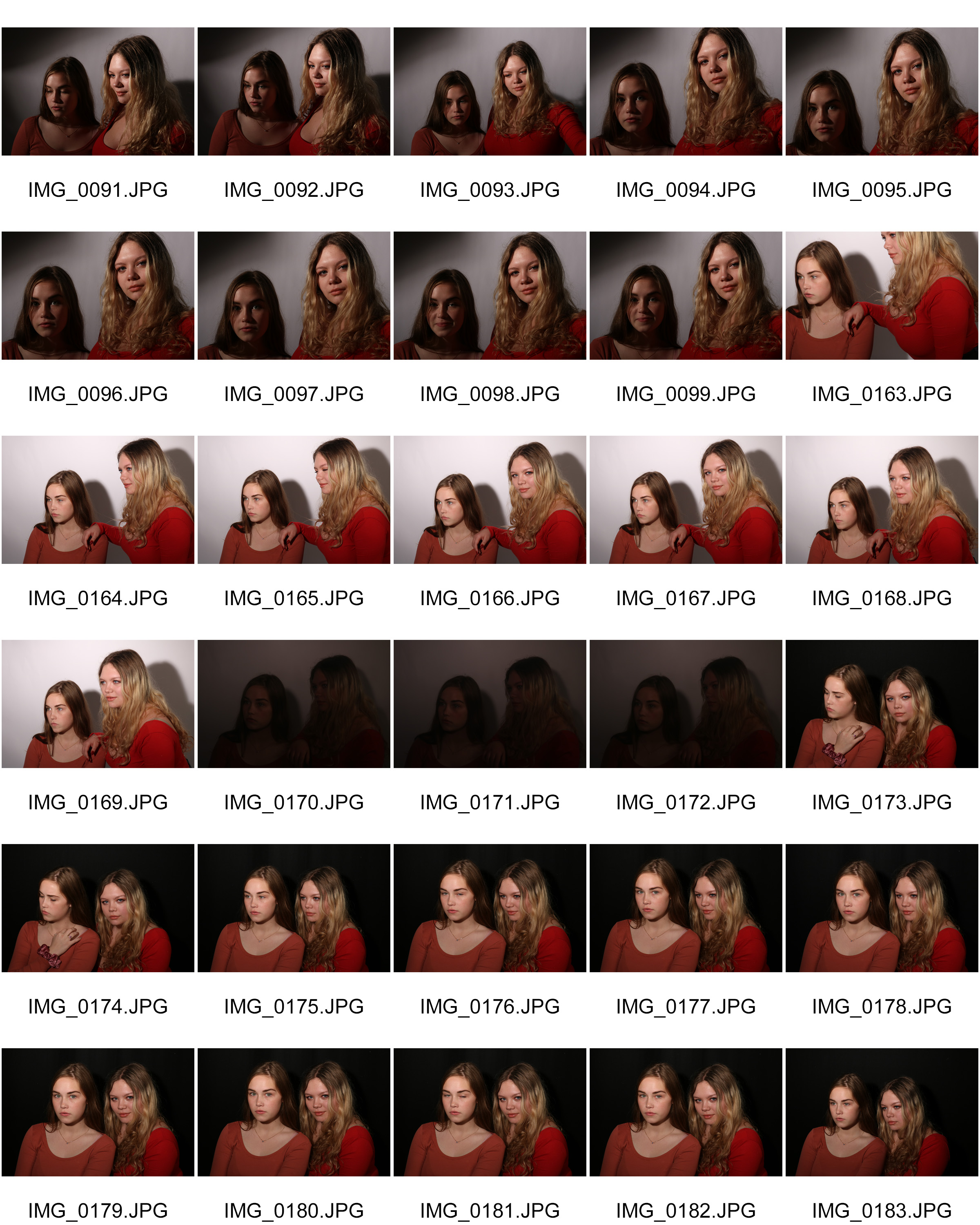
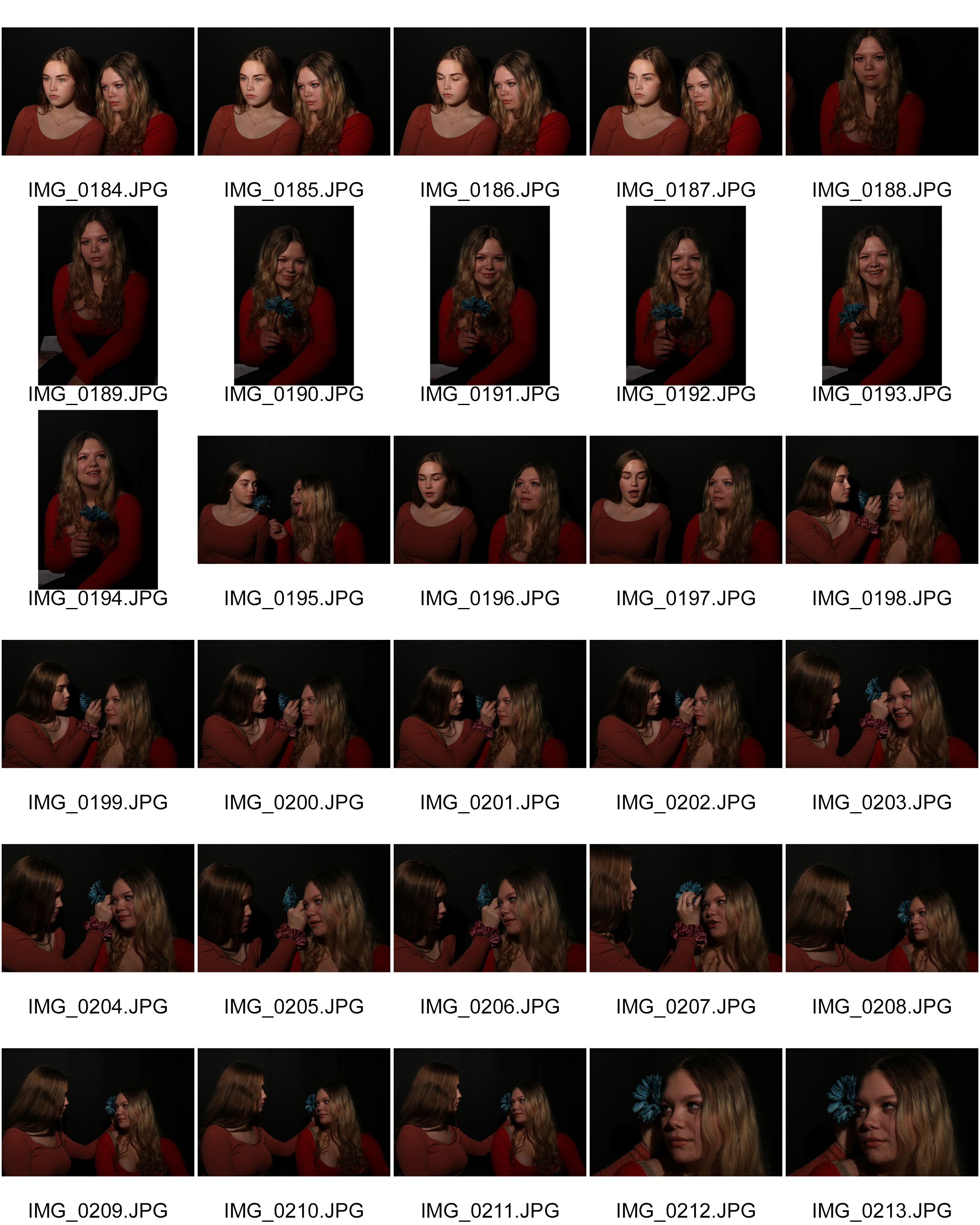
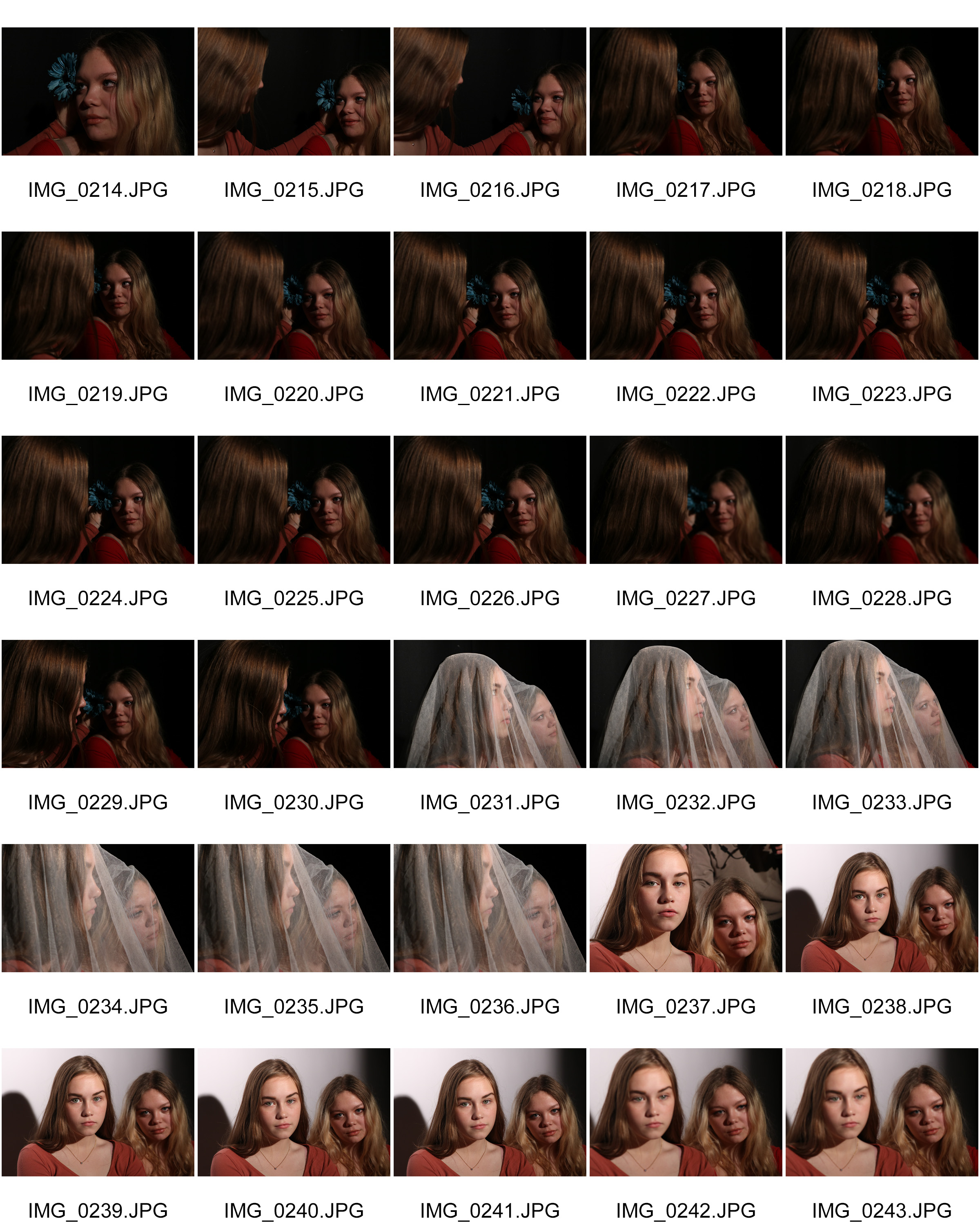
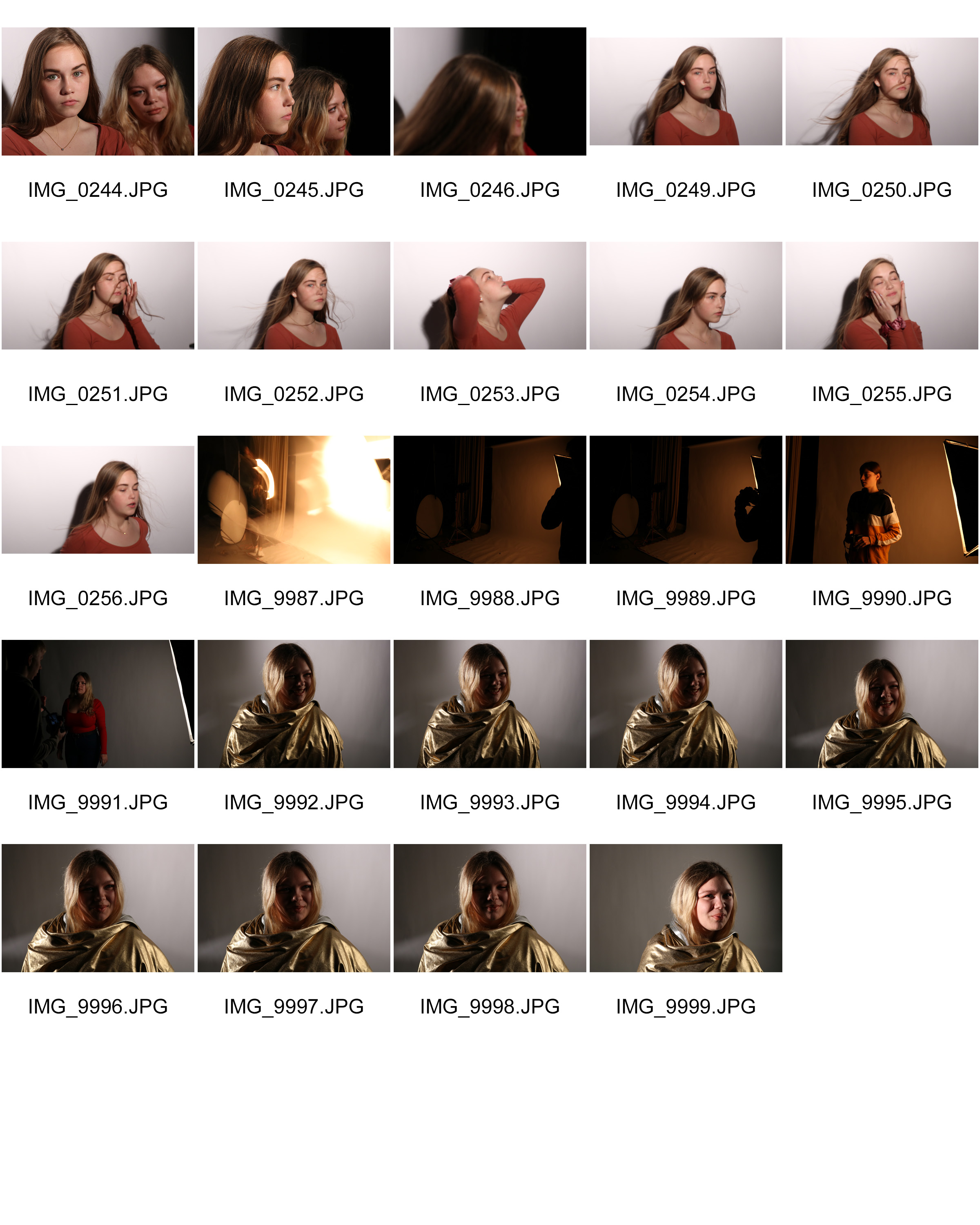 Best outcomes
Best outcomes